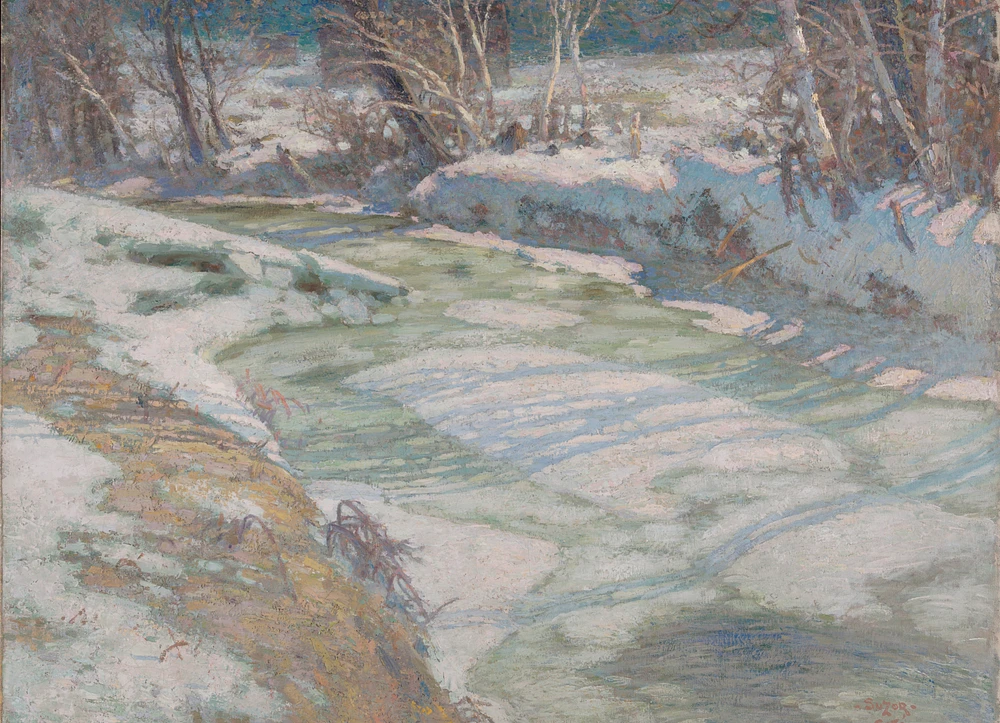
Visitors in the Pierre Lassonde Pavilion // Photo : MNBAQ, David Cannon
The Musée
The Musée national des beaux-arts du Québec is the living memory of Québec art and artists.
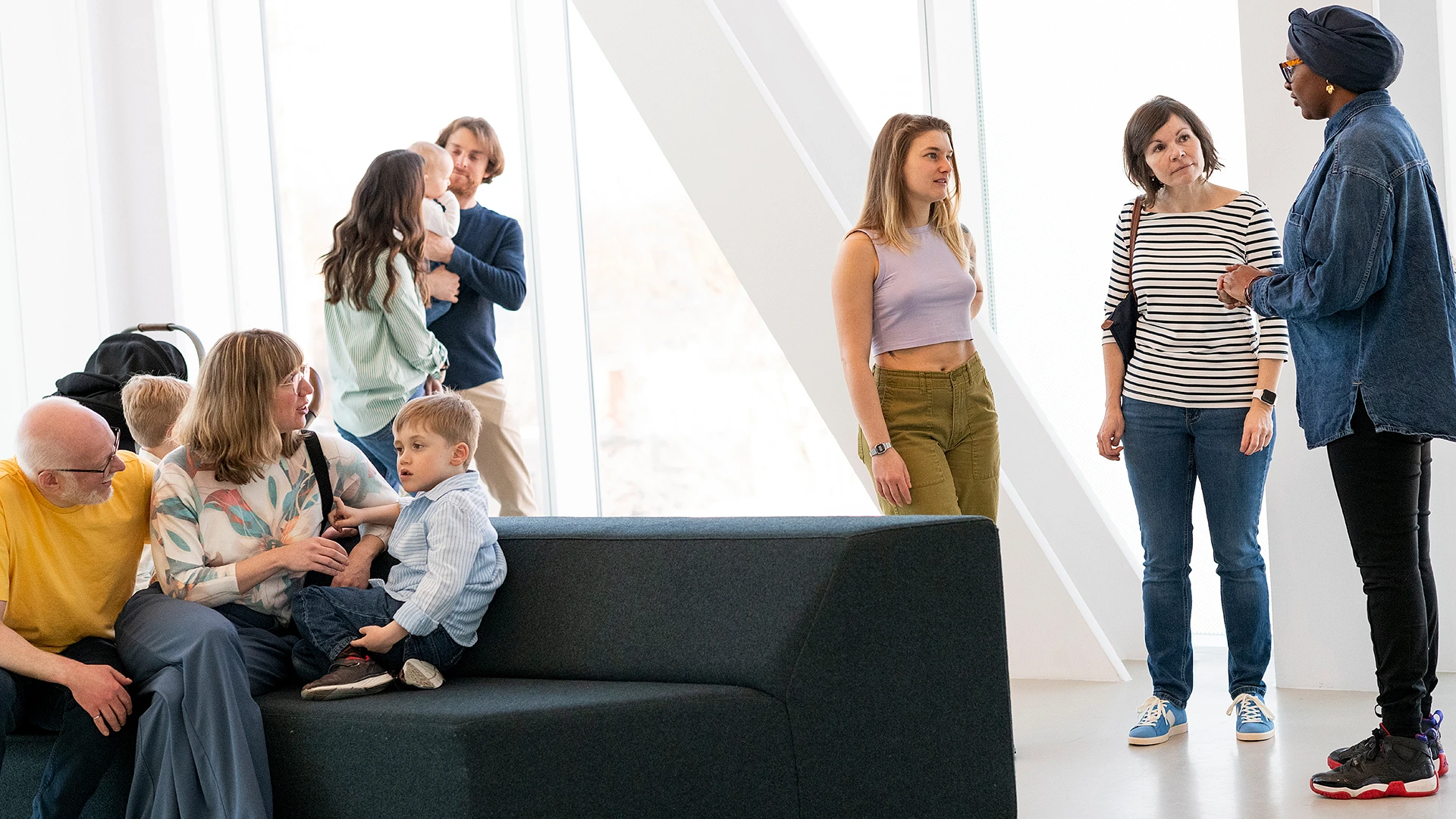
Visitors in the Pierre Lassonde Pavilion // Photo : MNBAQ, David Cannon
The functions of the Musée national des beaux-arts du Québec are to make known, promote, and preserve Québec art of all periods, from ancient art to contemporary art, and to ensure a place for international art through acquisitions, exhibitions, and other cultural activities.
(National Museums Act, CQLR, chapter M-44)
Our raison d’être
With our Musée’s local and international reputation, we reach audiences of all types.
Driven by our goal to bring people together through art, we look to benefit our community by providing keen insight on the world.
We take an innovative approach to create distinctive experiences for amateurs and connoisseurs alike. We offer encounters with art and beauty that appeal to both emotions and senses.
With an extensive collection of over 42,000 works dating from the 17th century to the present day, our Musée advances knowledge in three main ways:
We pride ourselves on excellence in all of our achievements. We aim high in everything we do, and we are constantly pushing limits.
We are committed to the Musée’s success and embrace all the challenges that brings. Everyone plays their part in achieving our shared goals.
We believe that innovation is the key to offering a memorable museum experience. Our experiments are bold and creative, and we see them as invaluable opportunities to continually learn and improve. We always approach change with openness and flexibility.
We see the museum experience as a way to put ourselves in others’ shoes, to consider their emotions and experiences. This encourages a unique type of connection, one that grows through listening and mutual respect.
Learn about the biggest events in our Musée’s history, starting when it was founded as the first museum created by the provincial government in 1920.
A fine arts collection is formed. The first acquisitions eventually become part of the Musée de la Province, the first museum created by the provincial government.
In the summer of 1927, construction on the Musée de la Province—the first building in the museum complex we know today—begins in Battlefields Park.
The Musée de la Province, a neoclassical building designed by architect Wilfrid Lacroix, officially opens on June 5. At the time, the Musée housed the provincial archives and had galleries dedicated to natural history and fine arts.
The Musée stages a retrospective on a pioneer of 19th-century Québec art, painter Théophile Hamel.
Artist Alfred Pellan returns from Paris, and an exhibition on the young modernist has audiences buzzing.
The Musée stages a retrospective on Clarence Gagnon, a Québec landscape painter.
Along with three other museums, the Musée de la Province de Québec organizes a retrospective devoted to Canadian painting: The Development of Painting in Canada, 1665–1945.
With the Femina exhibition, the Musée celebrates seven female artists: Sylvia Daoust, Simone Dénéchaud, Suzanne Duquet, Claire Fauteux, Agnès Lefort, G. Paige Pinneo, and Marion Scott.
Ozias Leduc, a pioneering Québec painter, is celebrated in a retrospective.
The Musée receives a landmark donation from the personal collection of former premier Maurice Duplessis. The donation adds 66 works of art to the collection, including pieces by Corot, Boudin, and Krieghoff.
A new, four-storey annex is built to house galleries, a library, and new offices.
The Musée de la Province de Québec becomes the Musée du Québec. The natural science collections leave the Musée to make way for more art. The French Minister of Cultural Affairs at the time, writer, Resistance fighter, and intellectual André Malraux comes for a visit.
The Tutankhamun Treasures exhibition, featuring masterpieces from Egypt, has crowds in a frenzy. One night in May, the Musée du Québec falls victim to a daring burglary. A lengthy investigation follows; the 28 stolen works are eventually recovered, relatively undamaged, in 1969.
The Musée stages a retrospective to mark the 80th birthday of modernist and landscape painter John Lyman. It also surpasses the 300,000 visitor mark for the second year in a row.
The Musée stages its first retrospective devoted to Jean Paul Riopelle, an artist whose style reflected some of the most significant trends of his time.
Painter Jean Dallaire, the rebellious dreamer, is celebrated in a retrospective two years after his death.
The extravagant Madame Belley is honoured at the Musée. The outfits and photographs of this prominent figure in Québec City’s cultural scene—known for the flamboyant clothing and jewelry she made herself—make quite an impression in the rotunda.
The Musée stages a retrospective of tapestries by master weaver Mariette Rousseau-Vermette.
The Galerie de l’Anse-aux-Barques, the Musée’s new gallery in Place Royale, serves as an invaluable showcase for young artists.
An expansion project is announced. It will involve reorganizing spaces in the original building, restoring the former Plains of Abraham prison, and constructing a building to connect the two.
The Archives nationales du Québec move to Université Laval.
For its 50th anniversary, the Musée stages an exhibition celebrating 50 years of acquisitions.
The National Museums Act makes the Musée du Québec a public corporation. Its collection is now devoted exclusively to works of art. His Holiness Pope John Paul II visits the Musée for Le Grand Héritage, a major exhibition of religious art.
The Musée closes for renovations, in part to bring it up to current museological standards, then reopens. In 1986, the Tableaux de maîtres français impressionnistes et postimpressionnistes de l’Union soviétique exhibition, featuring paintings by French Impressionist and post-Impressionist painters on loan from the Soviet Union, attracts 135,000 visitors in six weeks.
The Musée undergoes a major expansion; an entry pavilion is built and the former Québec City prison is added to the complex.
The Musée acquires the Hébert family archive, which consists of 1,486 works of art and an impressive archive. This acquisition tells the story of a renowned family of artists: Louis-Philippe Hébert and his two sons, Henri and Adrien.
The brand-new Musée officially opens. It now has three pavilions with 13 galleries, storage areas, workshops, an auditorium, a restaurant, and a shop.
The Musée stages a posthumous retrospective tribute to Jean Paul Lemieux, a key figure in Québec art history.
A sculpture garden is created, featuring large-scale works by artists from Québec and beyond. Artist Alfred Pellan is honoured in an ambitious collaborative retrospective.
The Musée acquires Jean Paul Riopelle’s monumental fresco Tribute to Rosa Luxemburg. It is displayed for the first time in 2000.
Works by the Group of Seven and Québec landscape artists are brought together for the first time at the Musée. Charles Daudelin’s bold, multifaceted art is highlighted in an exhibition.
The Rodin à Québec exhibition breaks all attendance records, attracting almost 525,000 people over its 103-day run.
The Musée showcases the work of Cornelius Krieghoff, the famous 19th-century Canadian painter, in a retrospective in his beloved city.
The Musée is in the spotlight thanks to the Commission de la capitale nationale du Québec’s lighting plan. The first retrospective devoted to Louis-Philippe Hébert, known as the “national sculptor,” is presented at the Musée.
The art of a virtuoso, Marc-Aurèle de Foy Suzor-Coté, is revisited in a major exhibition. Bill 125 is adopted by the National Assembly. Among other things, it gives the Musée du Québec a new name: the Musée national des beaux-arts du Québec.
The Musée features artist Rita Letendre in an exhibition. As a testament to her unwavering goodwill toward the Musée, she takes the opportunity to donate 23 paintings and 78 works on paper.
The Musée receives a major gift of some 60 works of contemporary art from patrons Patrice and Andrée Drouin.
Thanks to financial support from Hydro-Québec, collector Raymond Brousseau donates his unique collection of Inuit art, which consists of 2,635 works. Camille Claudel and Rodin: Fateful Encounter, a remarkable international exhibition, arrives at the Musée.
Two retrospectives celebrate two masters of light, Fernand Leduc and Clarence Gagnon. The Musée also makes a major acquisition: the Yves Beauregard collection of 3,550 photographs. The governments of Canada and Québec announce their financial participation in a new expansion project for the Musée national des beaux-arts du Québec.
A new international exhibition, The Baroque World of Fernando Botero, arrives.
A year of excitement for the Musée’s 75th anniversary! To mark the 400th anniversary of Québec City, the Musée co-produces the Louvre in Québec exhibition with France’s most famous museum. It attracts some 465,000 visitors.
An international architectural competition is launched for a new pavilion at the Musée national des beaux-arts du Québec. Two exhibitions offer new perspectives on Québec art: Femmes artistes. La conquête d’un espace, 1900–1965 and Le nu dans l’art moderne canadien, 1920–1950.
Following an international architectural competition, a design by OMA (Office for Metropolitan Architecture), in partnership with the firm Provencher_Roy, is chosen for the Musée’s future expansion.
Madeleine P. Pelland’s bequest of 1,630 works of art and art objects, as well as a major archive, makes the MNBAQ the leading repository for the work of her husband, artist Alfred Pellan. Two exceptional research projects, on artists Marc-Aurèle Fortin and Napoléon Bourassa, give rise to two remarkable exhibitions.
Excavation begins for the future Pierre Lassonde Pavilion. Knowledge of Québec art evolves through two major exhibitions: Fashion and Appearance in Québec Art, 1880–1945 and Fine Arts in New France.
A new milestone for the Musée: construction of the Pierre Lassonde Pavilion begins after a groundbreaking ceremony. Art historian Michel Lessard donates a collection of over 700 exceptional photographic documents to the Musée. The MNBAQ Contemporary Art Award is made possible by the RBC Foundation.
The Charles-Baillairgé Pavilion becomes a showcase for four major figures of modern Québec art: Jean Paul Lemieux, Fernand Leduc, Alfred Pellan, and Jean Paul Riopelle.
Rock singer Bryan Adams stops in Québec City to peruse the exhibition of his work at the Musée during the MNBAQ’s “photo season.” The Musée illuminates the art district and collaborates to create Lumière sur l’art, a trail of 34 giant lampshades along Cartier Avenue featuring works by Fernand Leduc and Alfred Pellan.
The new Pierre Lassonde Pavilion officially opens on June 24, 2016. The building bridges the gap between art, city, and nature. It showcases collections from 1960 to the present day, houses dedicated galleries for decorative arts and design and Inuit art, and offers a distinctive architectural experience. Over 31,000 people take part in the three-day opening celebrations.
Renovations begin on the Gérard Morisset Pavilion, the original building of the MNBAQ museum complex. Québec art is at the forefront throughout the Musée with three exhibitions: Time Flies. Vanitas Art in the MNBAQ Collection, The Fabulous Destiny of the Paintings of the Abbés Desjardins, and Mitchell | Riopelle. Nothing in Moderation.
The Gérard Morisset Pavilion reopens and the ancient and modern art collections are redisplayed to mark the Musée’s 85th anniversary. The Becoming. 350 Years of Art Practice in Québec exhibition puts these works in the spotlight. Meanwhile, international artists Berthe Morisot and Alberto Giacometti are honoured in the Pierre Lassonde Pavilion, with the incredible Marcel Barbeau. In Motion retrospective taking centre stage.
The exhibition Miró in Mallorca. A Free Spirit ranks second on the list of Canada’s most popular art exhibitions for 2019.
A year of adaptation: the COVID-19 pandemic forces the Musée to close on several occasions, disrupting the exhibition calendar for several years. The Frida Kahlo, Diego Rivera and Mexican Modernism exhibition is a great success, despite health restrictions. Extended closures allow the Musée to work on a spectacular digital transition several years in the making. Later, this shift allows the MNBAQ to launch its L’art dans ma classe educational platform.
Two exhibitions devoted to two titans of world art history—J. M. William Turner and Pablo Picasso—attract considerable public interest. In December, the Québec government announces that it will provide funding for the Espace Riopelle, a new pavilion dedicated to the works of painter Jean Paul Riopelle. The pavilion is made possible by the Fondation Riopelle and a major gift of works from patrons Michael J. Audain and Pierre Lassonde.
Collectors and patrons Michael J. Audain and Yoshiko Karasawa donate eight exceptional paintings by Paul-Émile Borduas to the Musée. These works, of inestimable artistic value, constitute one of the most significant donations to the MNBAQ. Preparations for the Espace Riopelle: Les Architectes FABG wins the architectural competition. The Gérard-Morisset and Charles-Baillairgé pavilions close in the spring for preparatory work ahead of construction on the Espace Riopelle. The Musée stages Evergon. Theatres of the Intimate, a major retrospective devoted to this pioneer of Canadian photography.
The Pierre Lassonde Pavilion sees several major exhibitions featuring works by Rembrandt and Alexander McQueen, as well as works from the Sobey family’s collections of Canadian art.
Construction officially starts on the future Espace Riopelle in the spring. Canadian art is in the spotlight with the Helen McNicoll. An Impressionist Journey and Early Days. Indigenous Art from the McMichael Canadian Art Collection exhibitions.

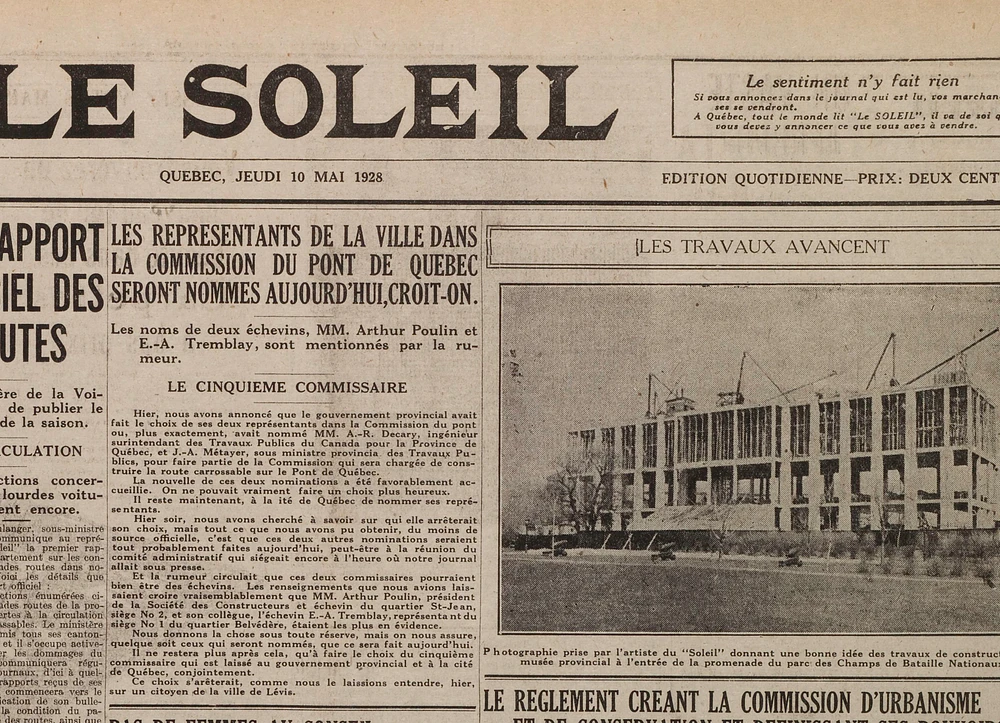
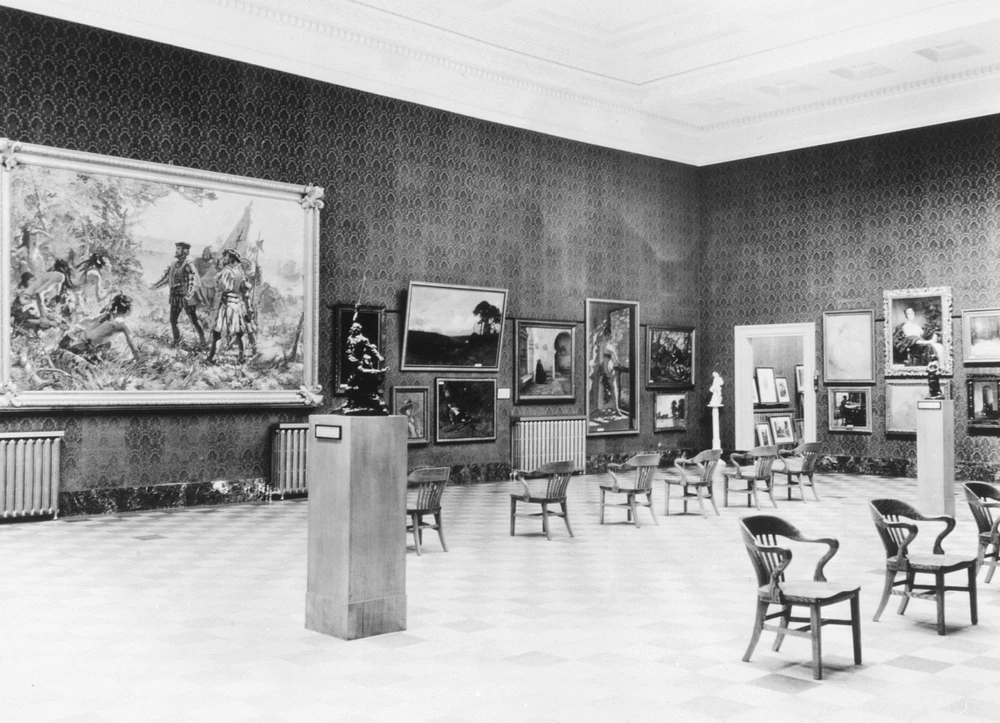
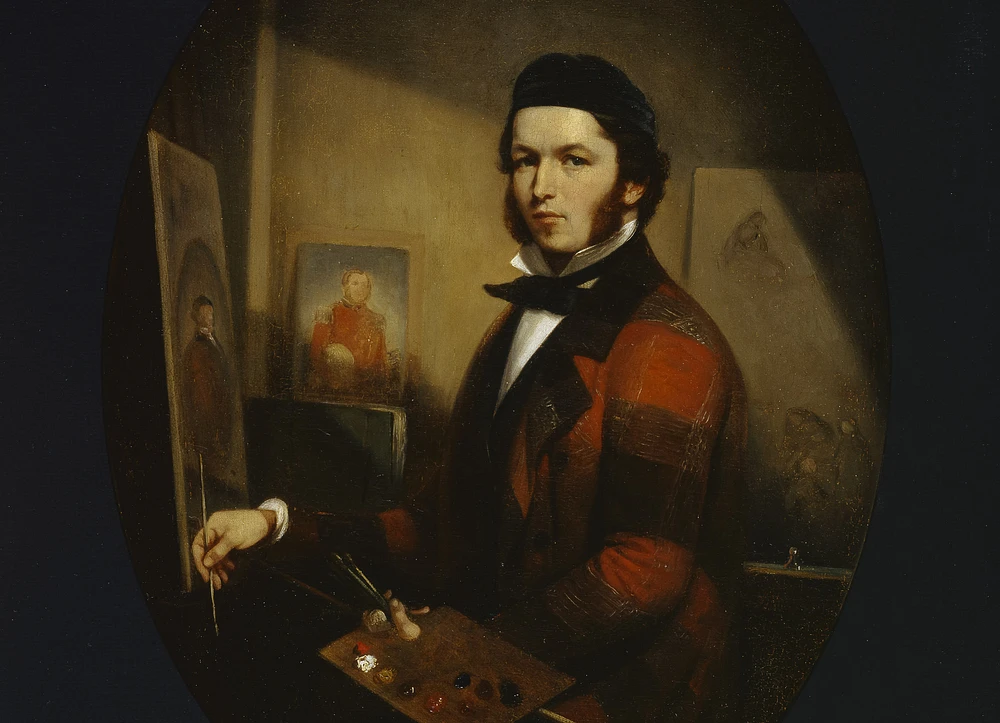
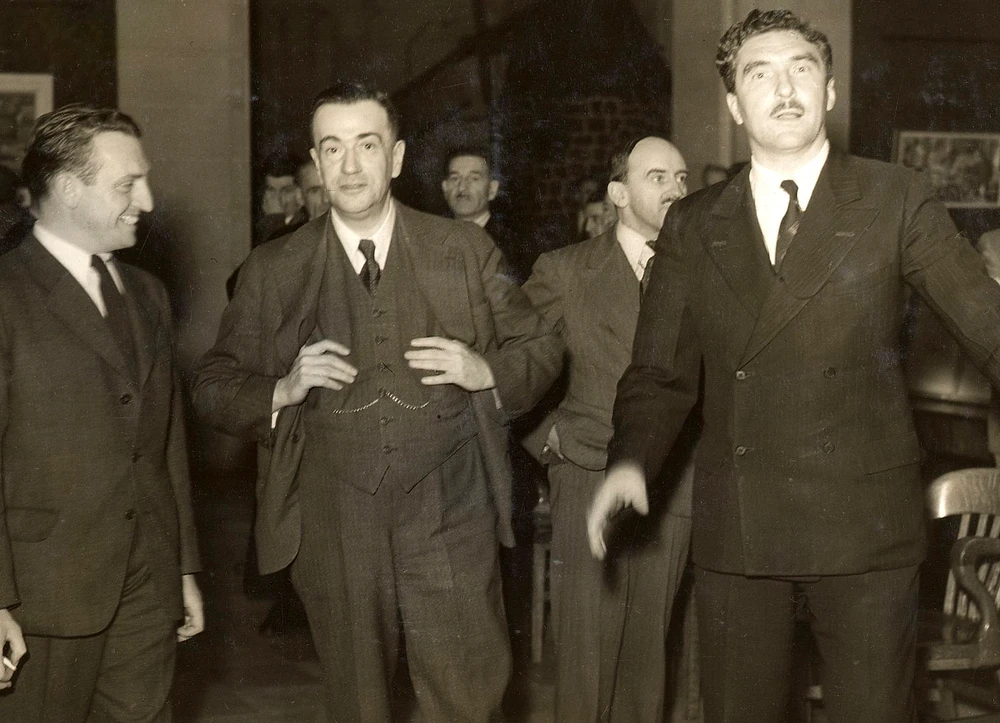
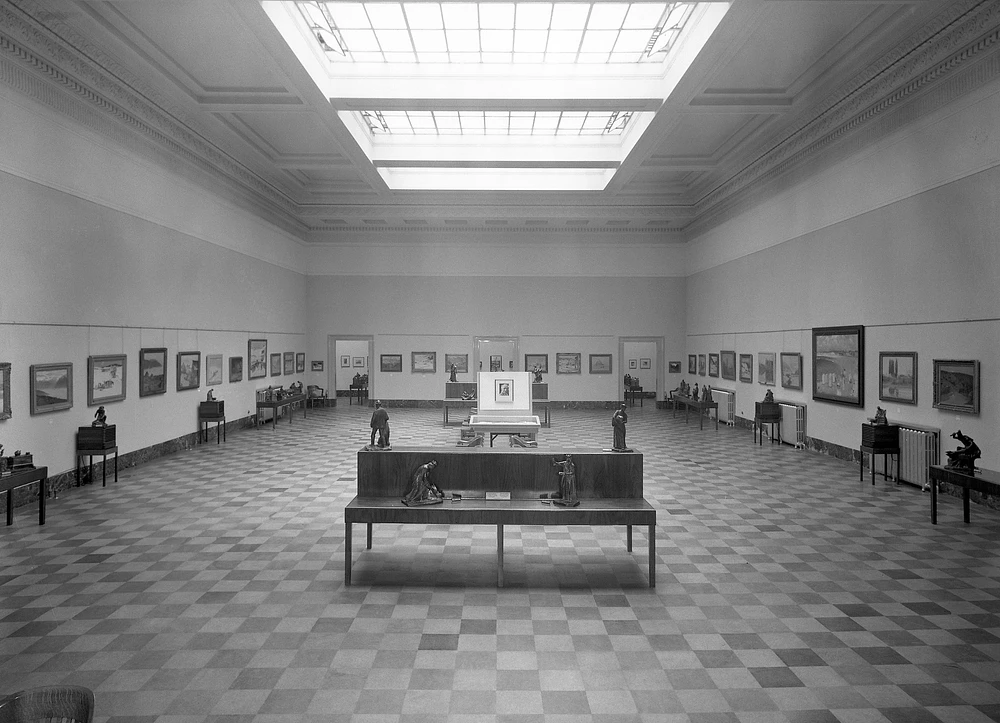
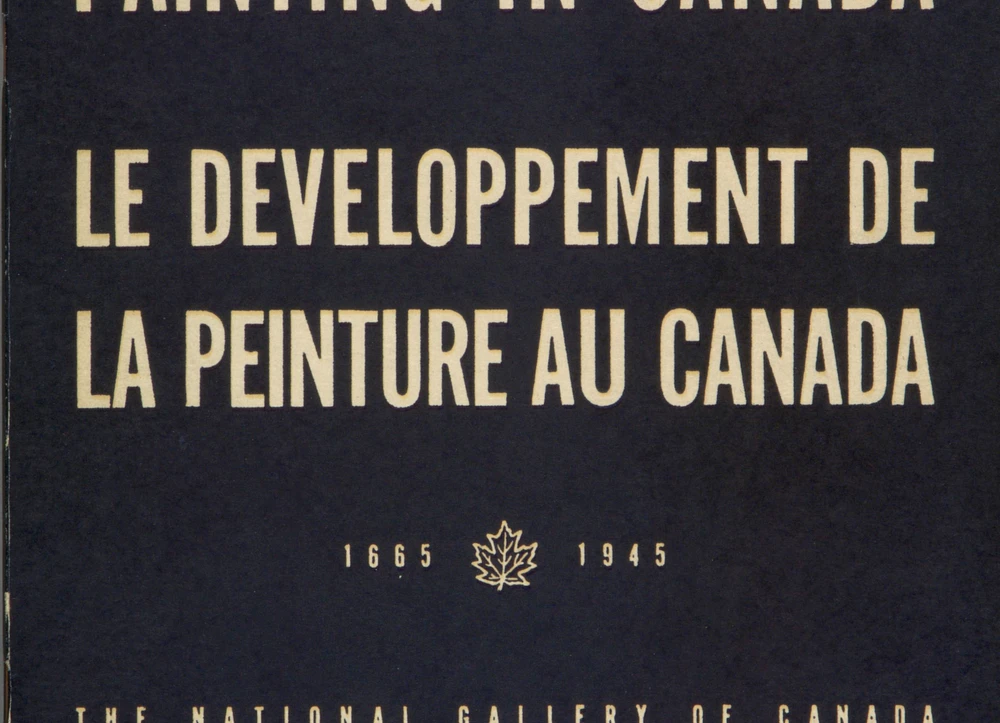
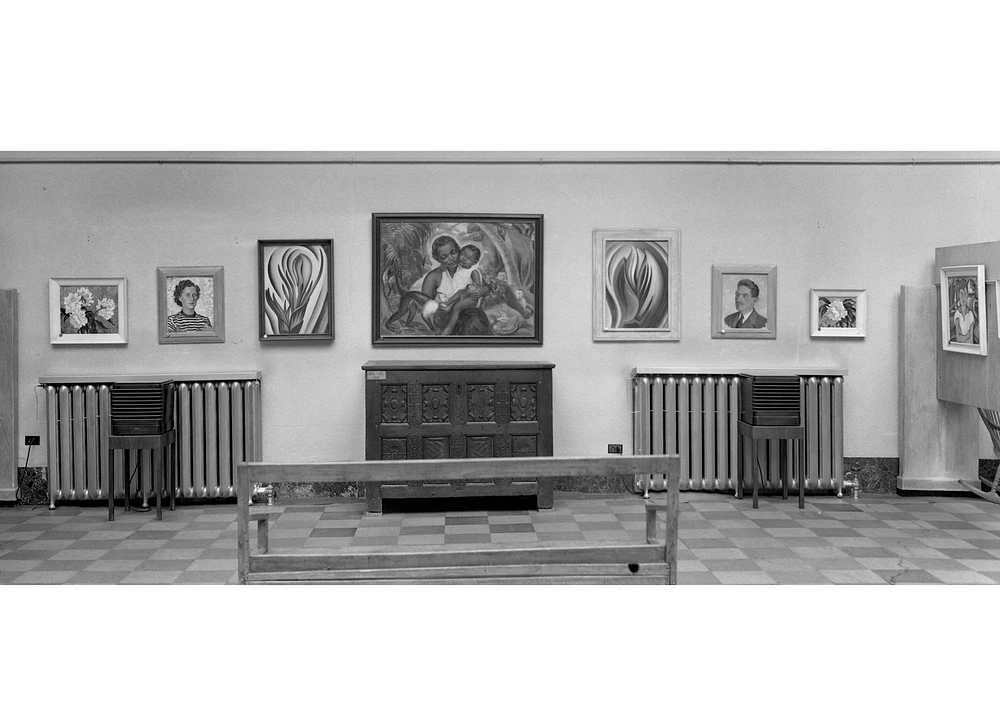
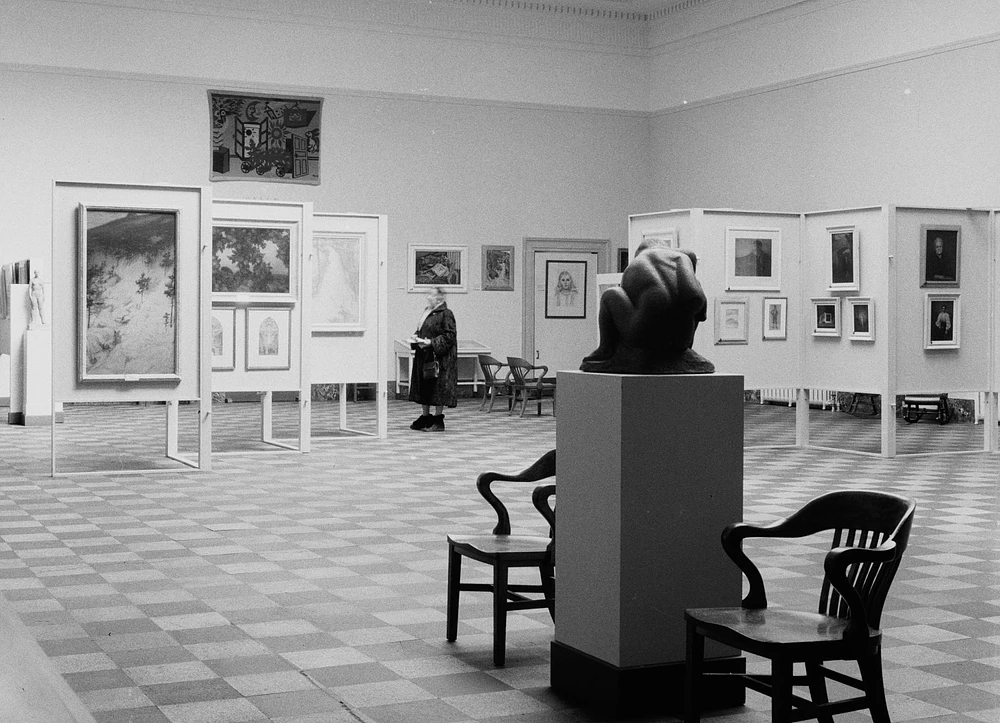
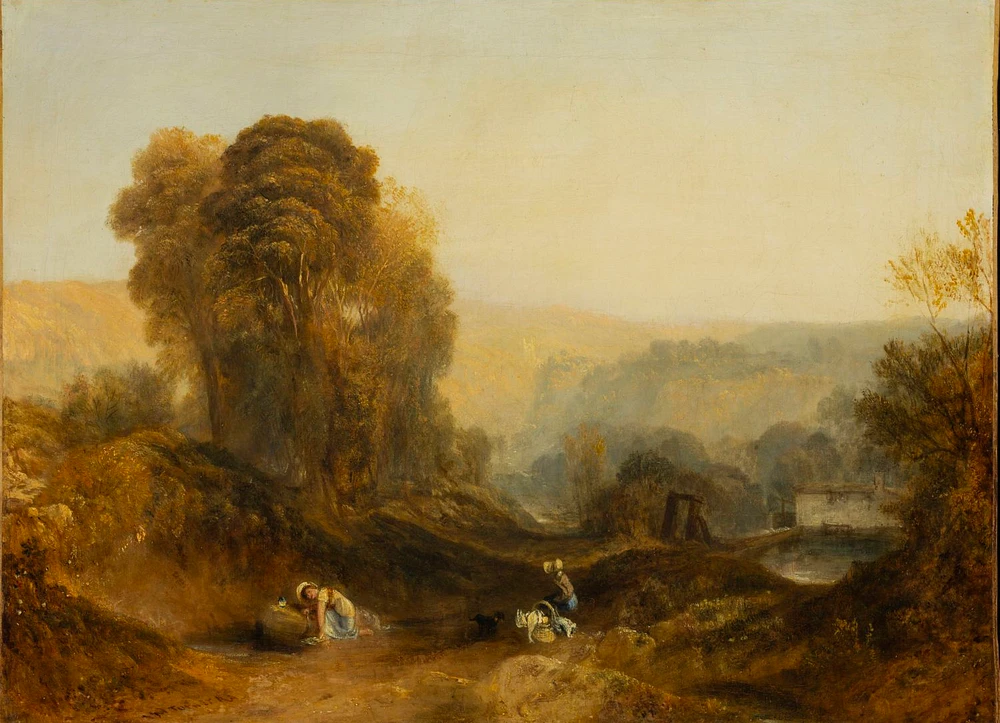

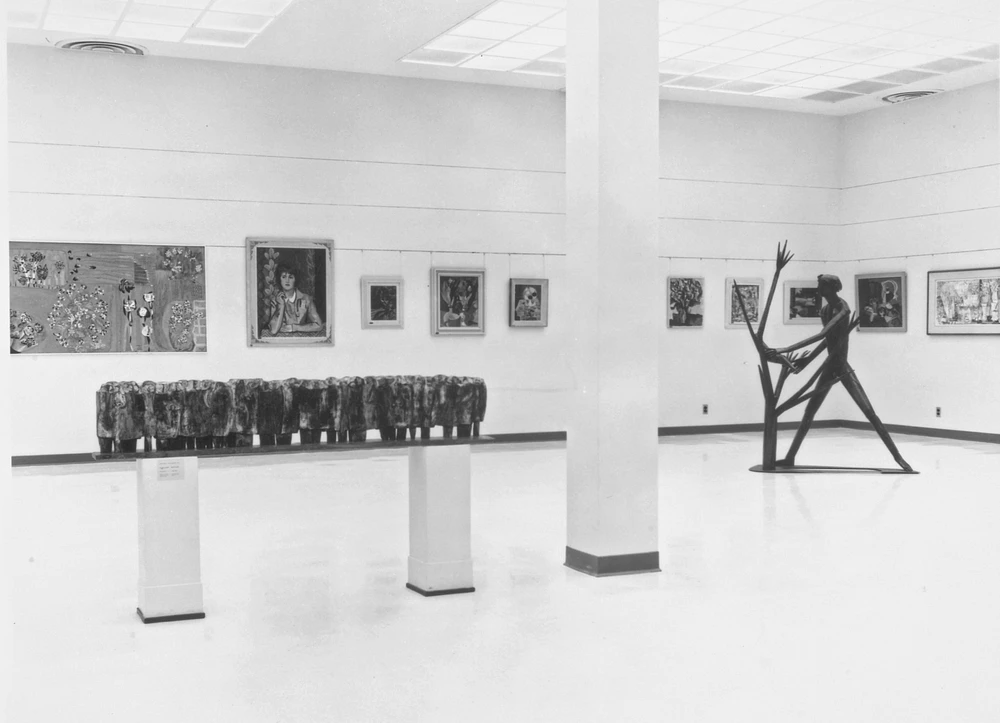
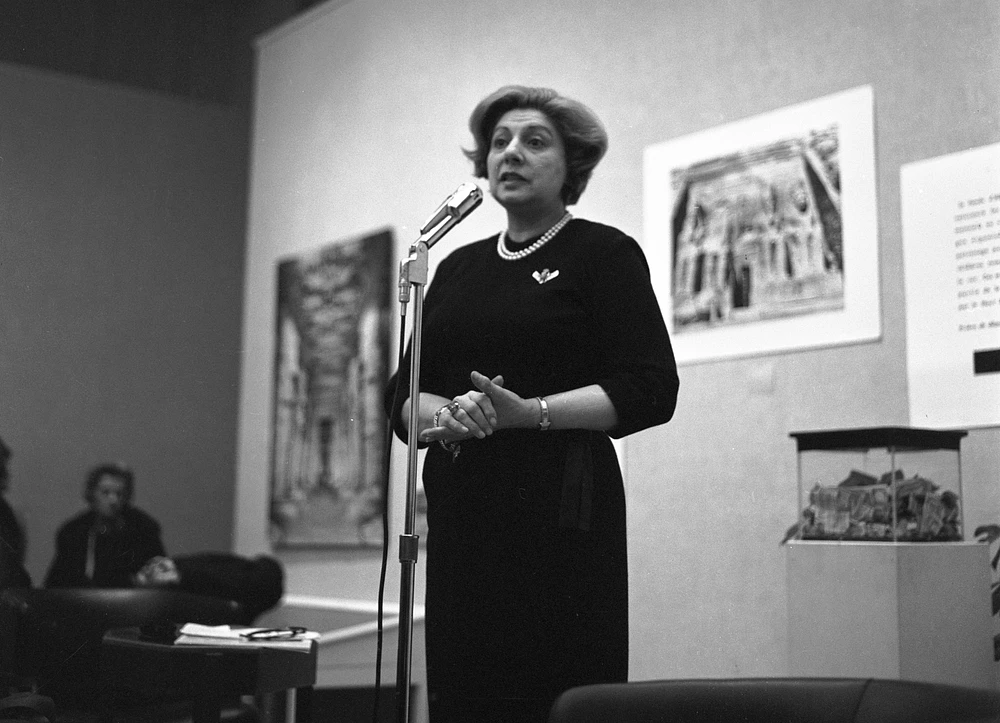
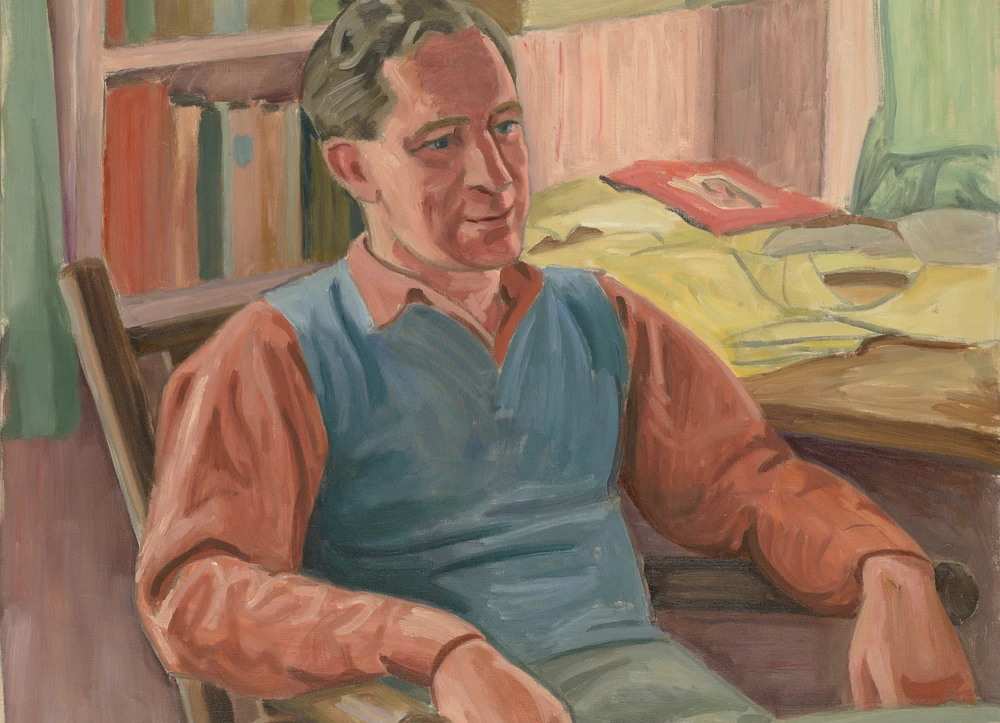
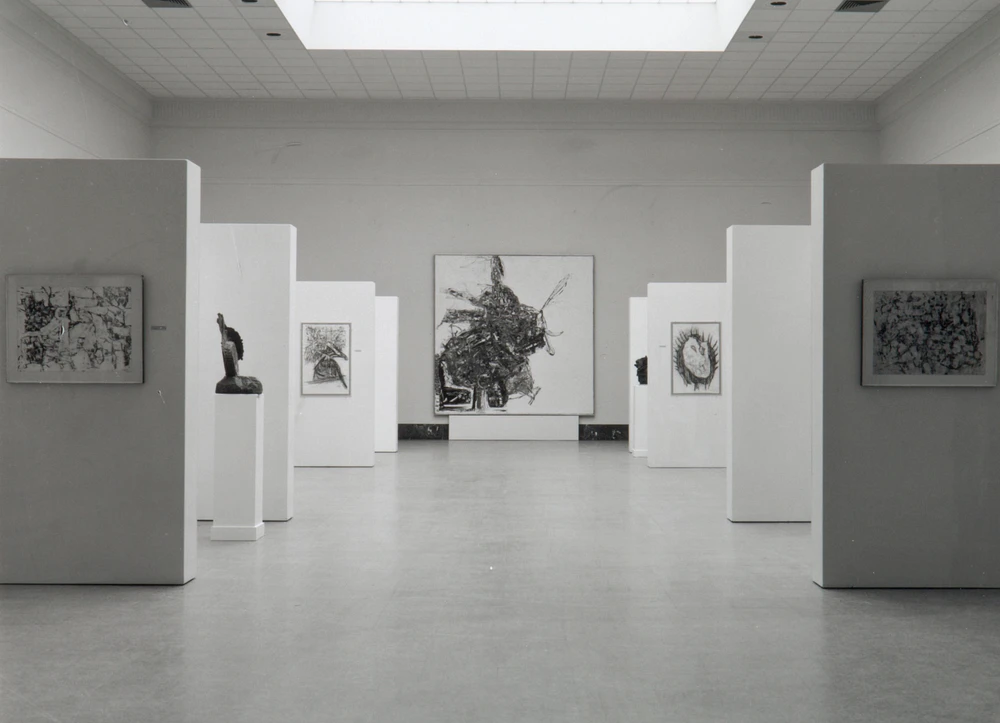
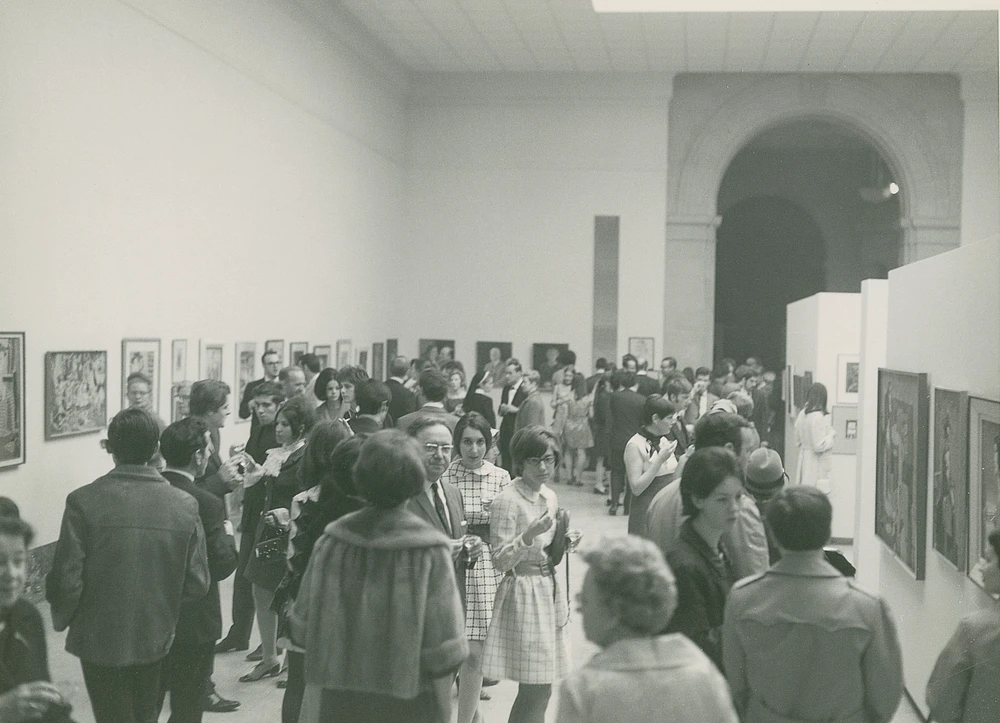
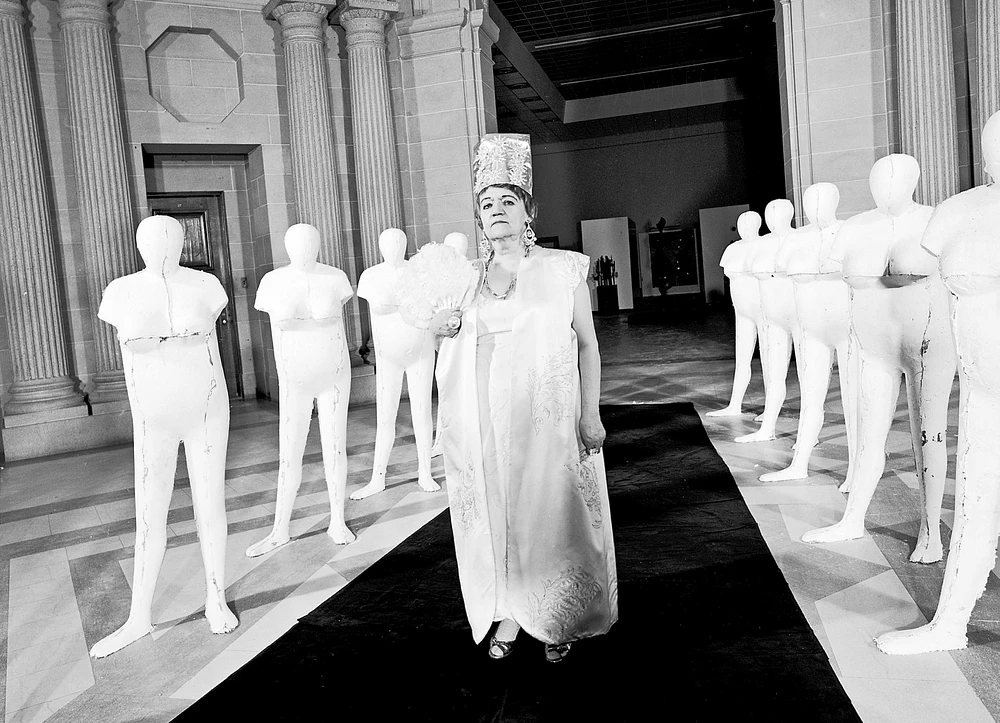
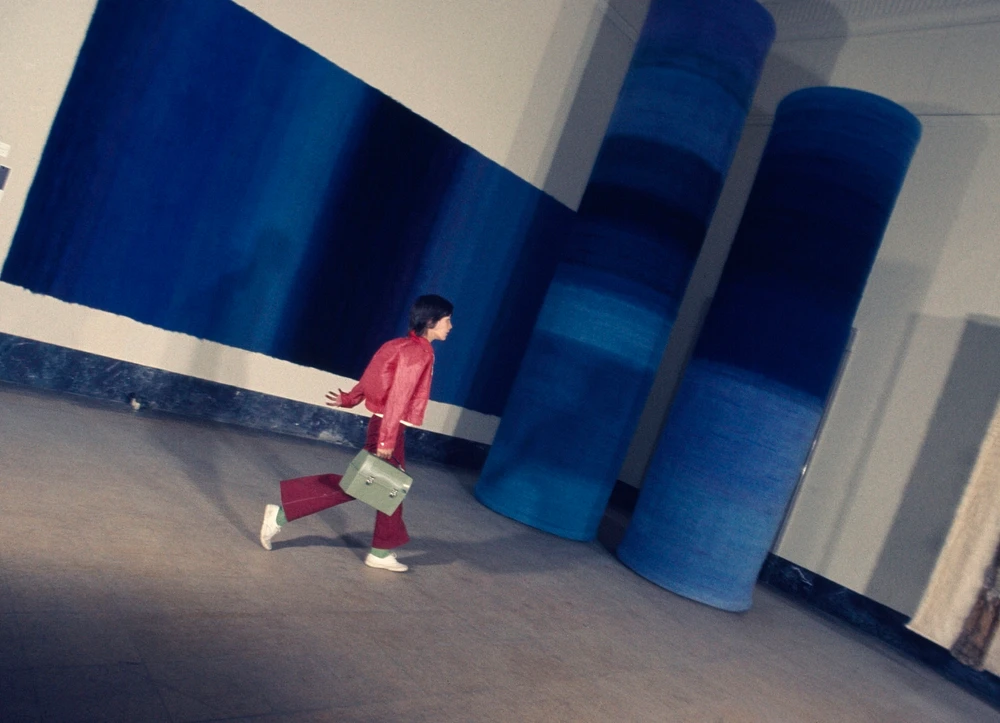
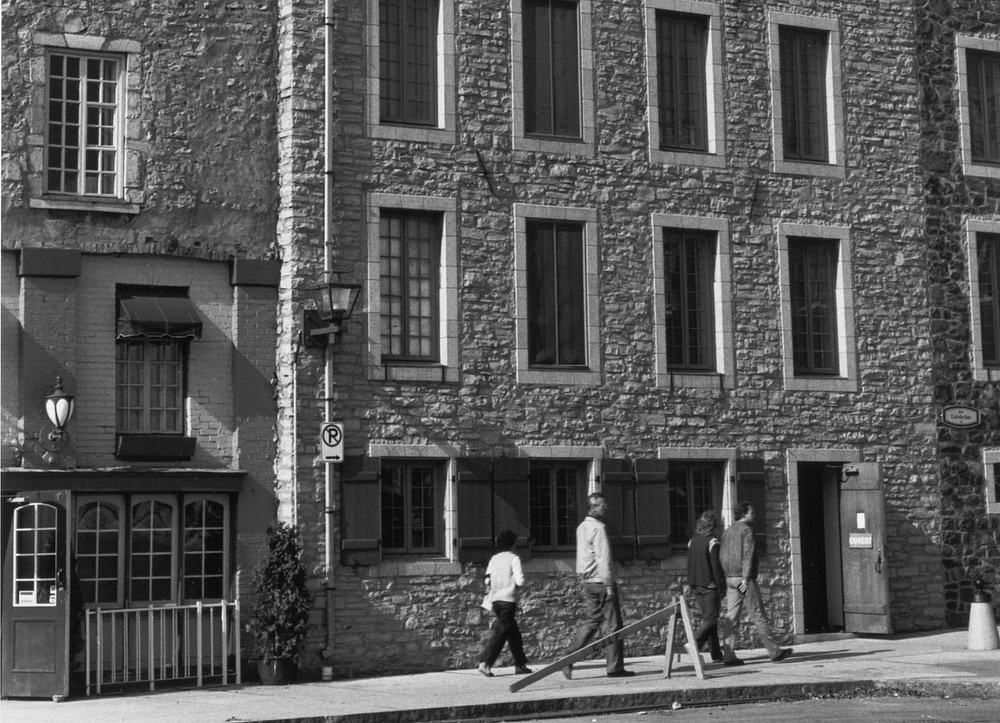

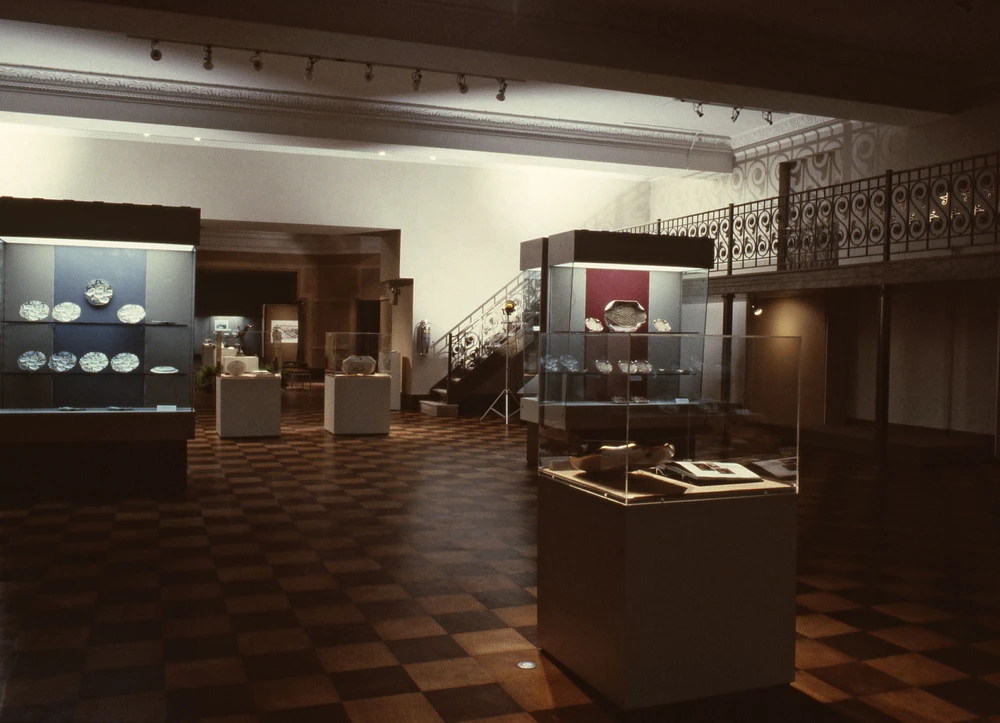
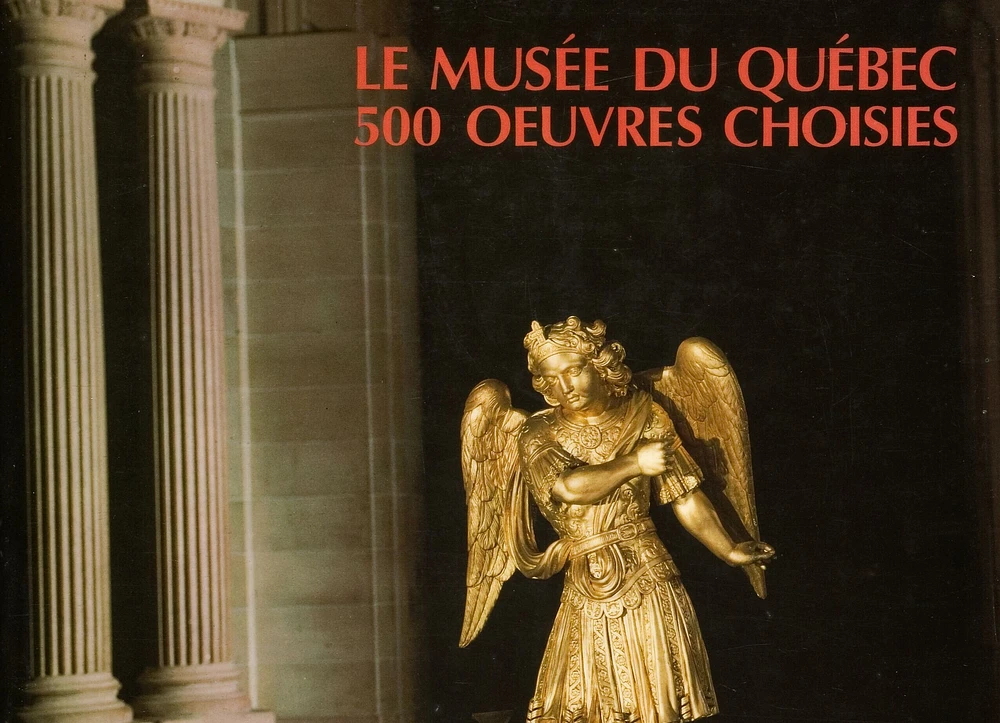
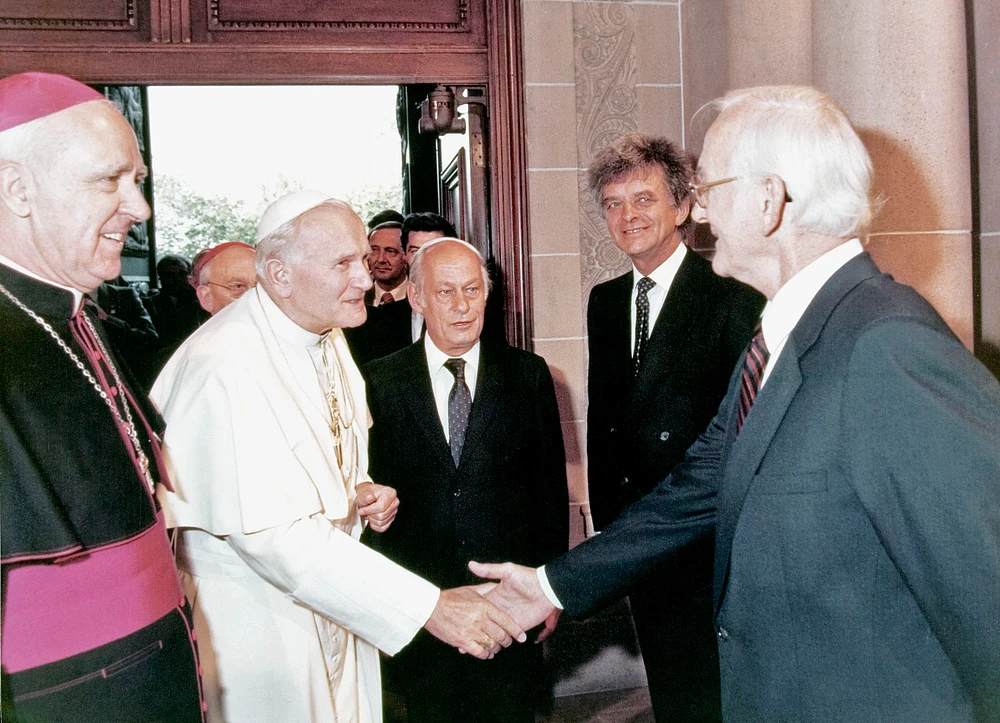
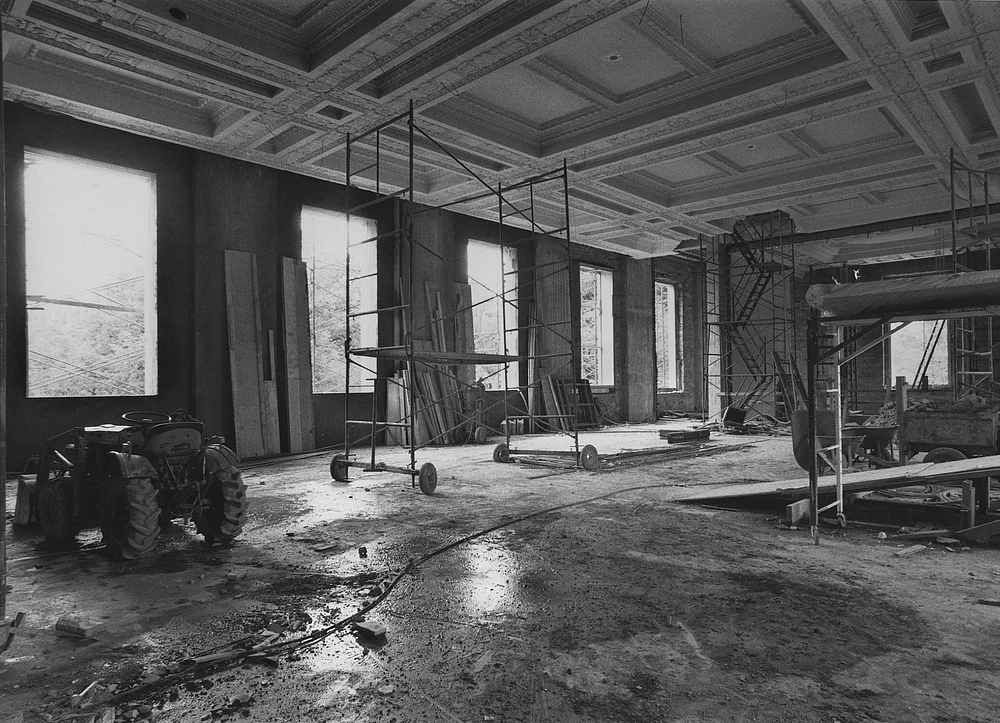
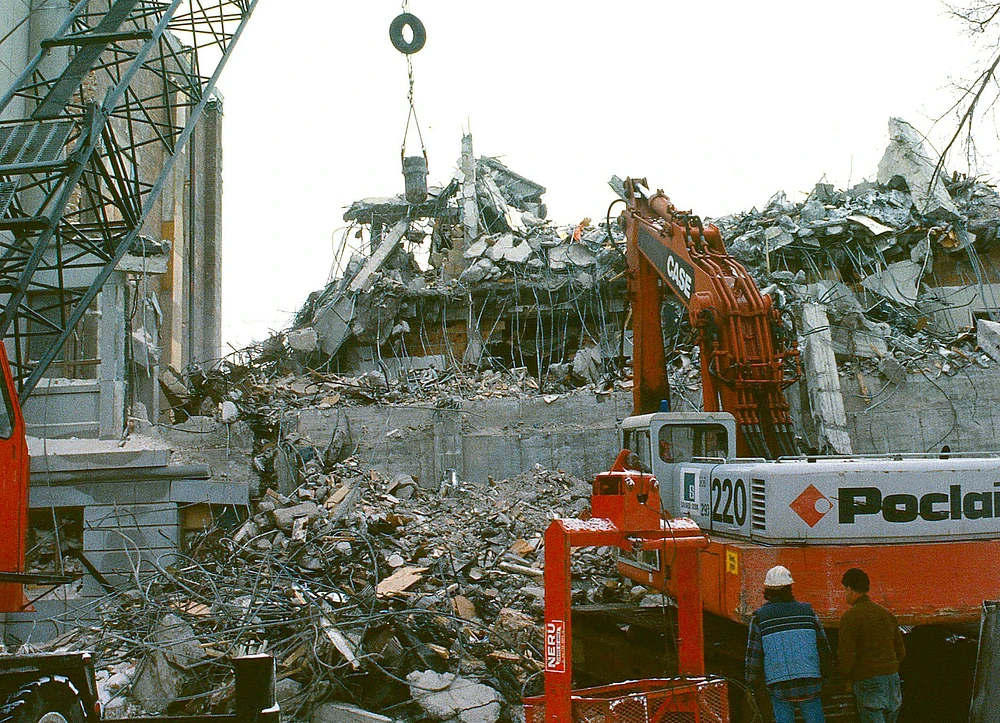
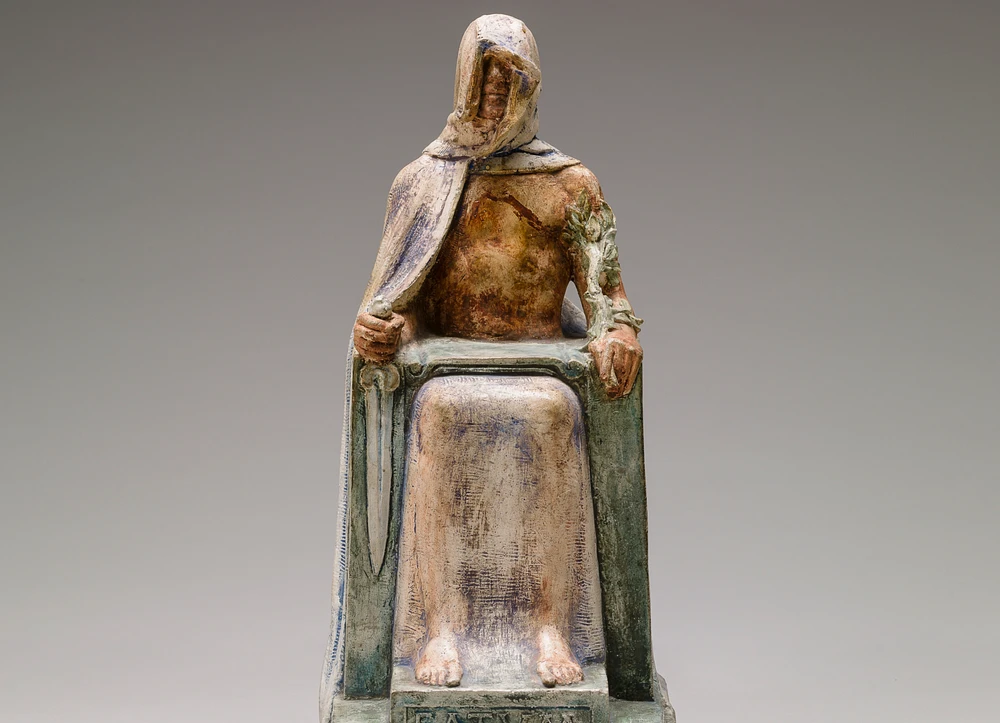
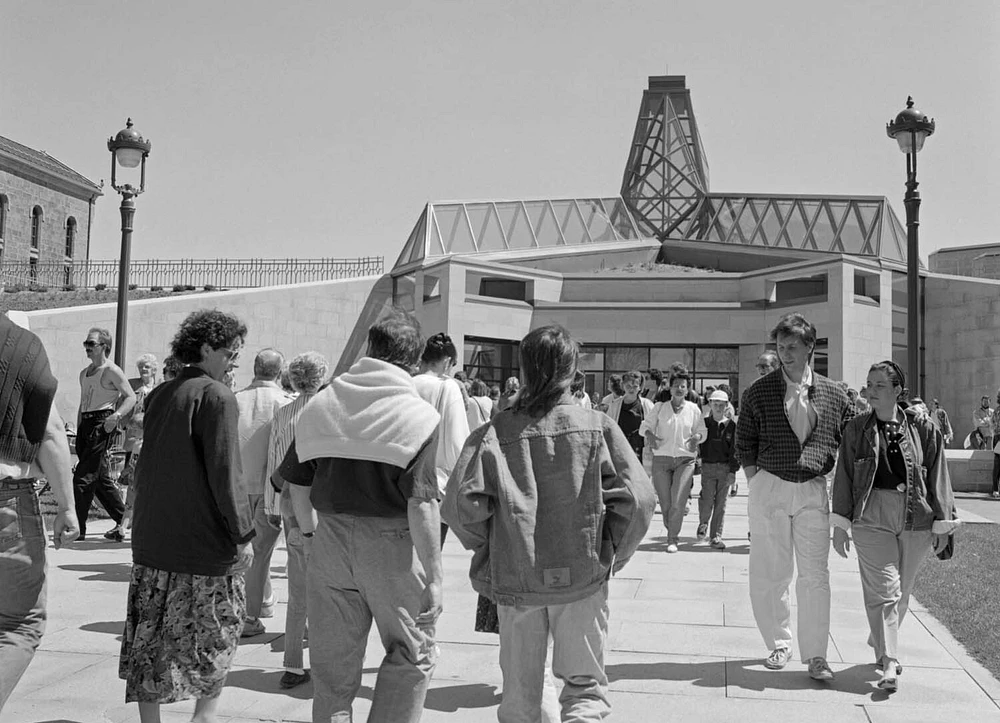

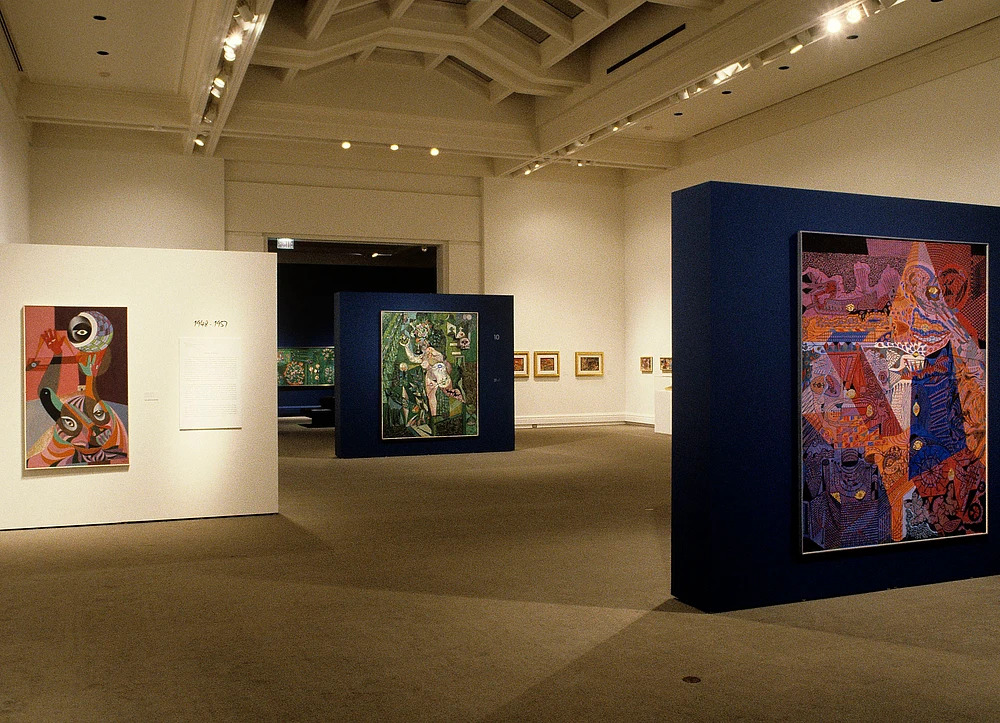
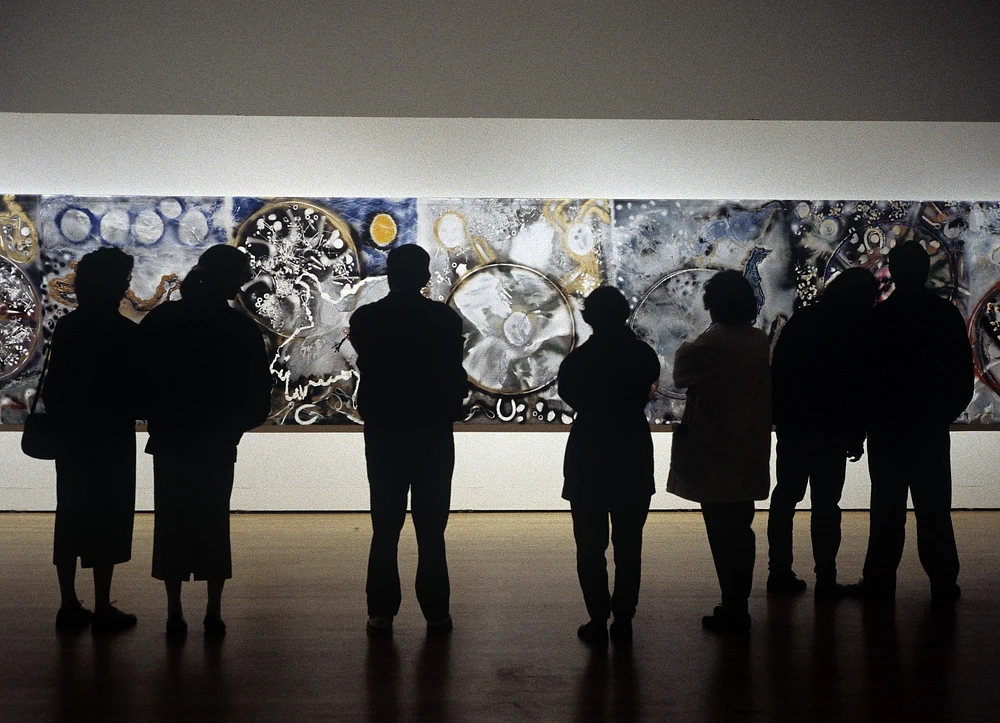
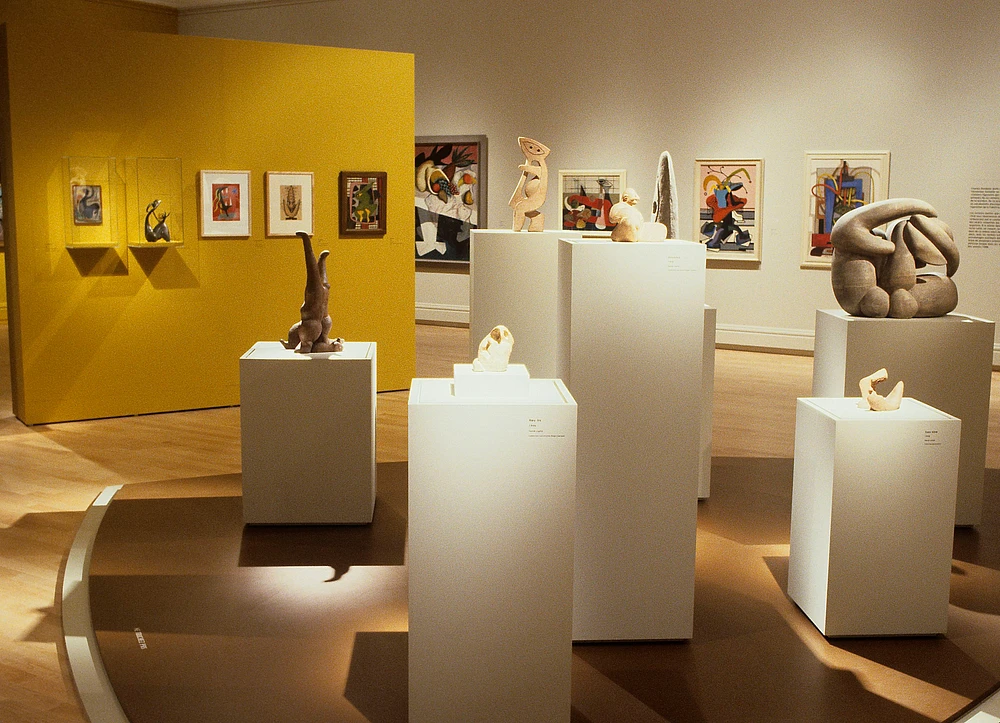
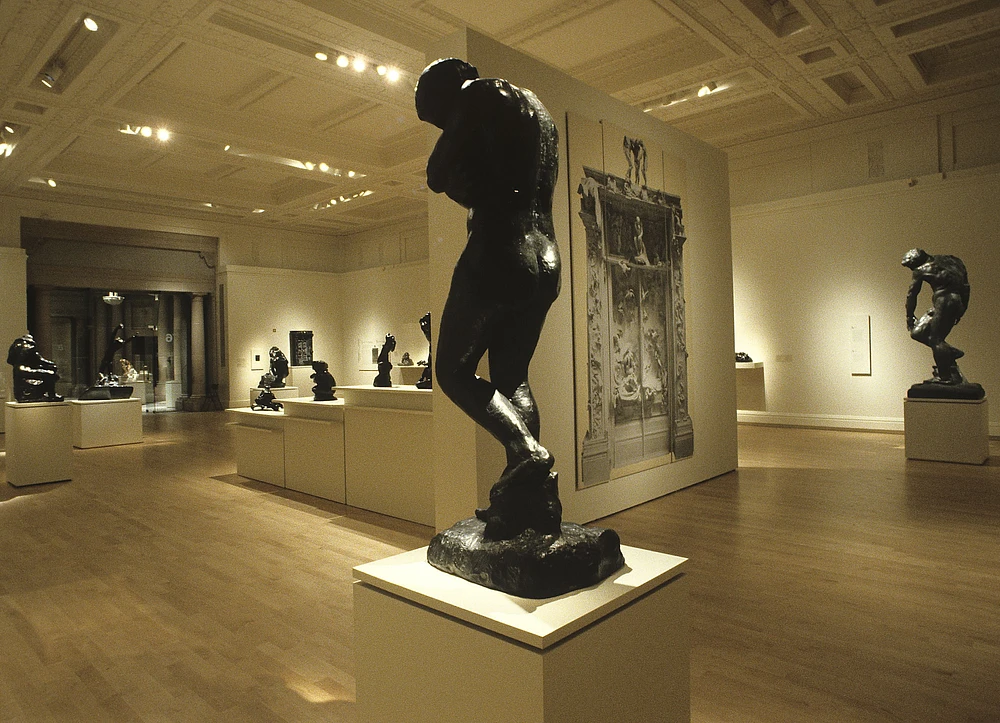
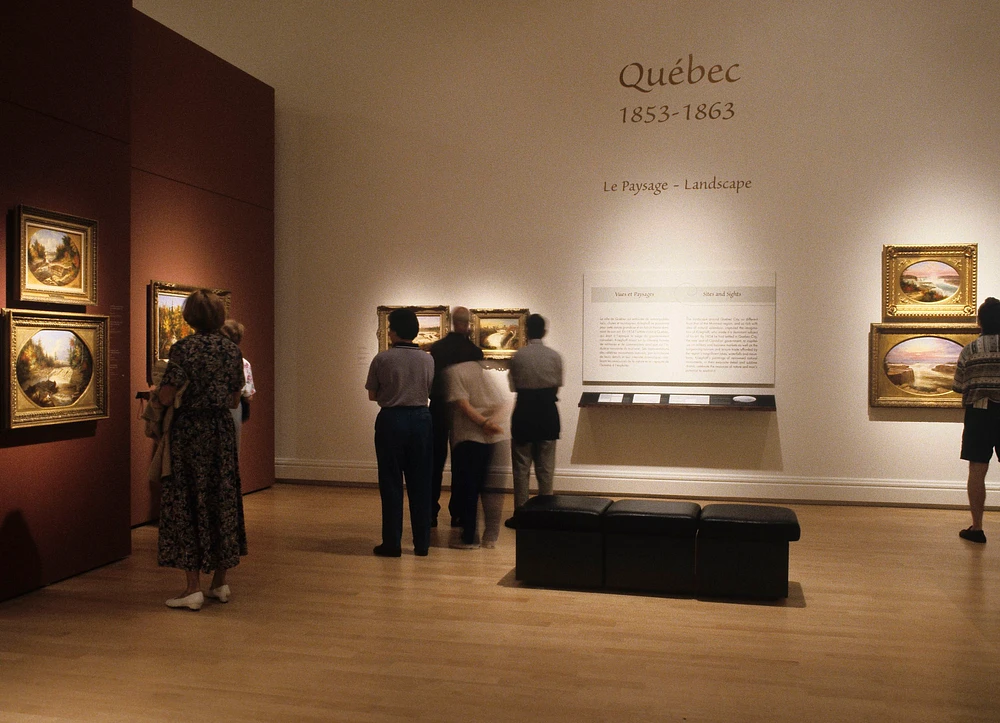
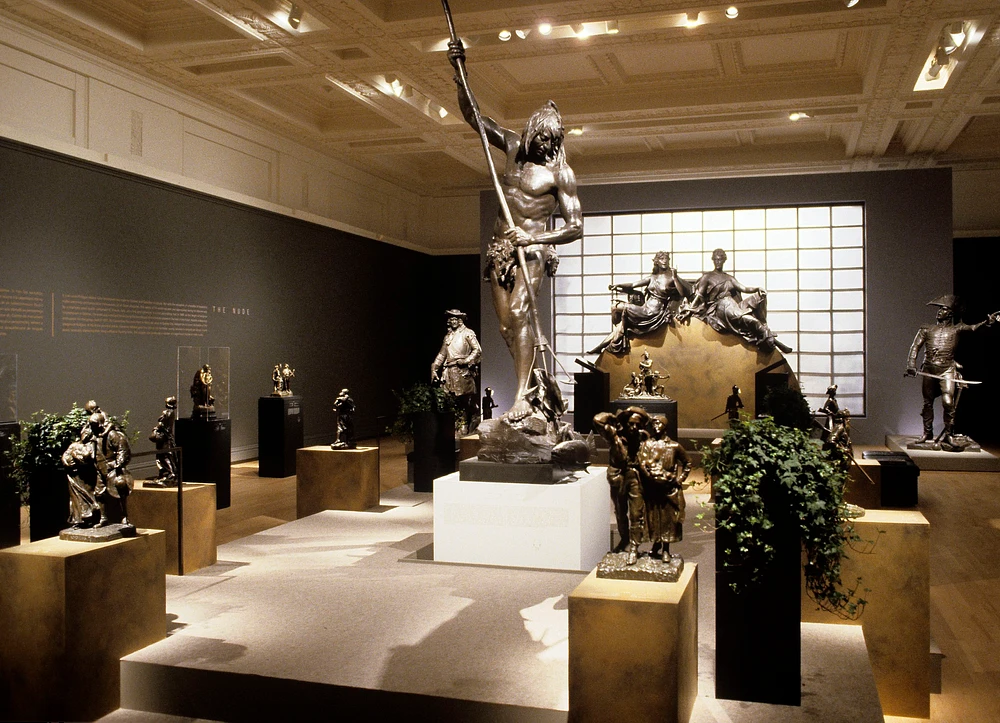
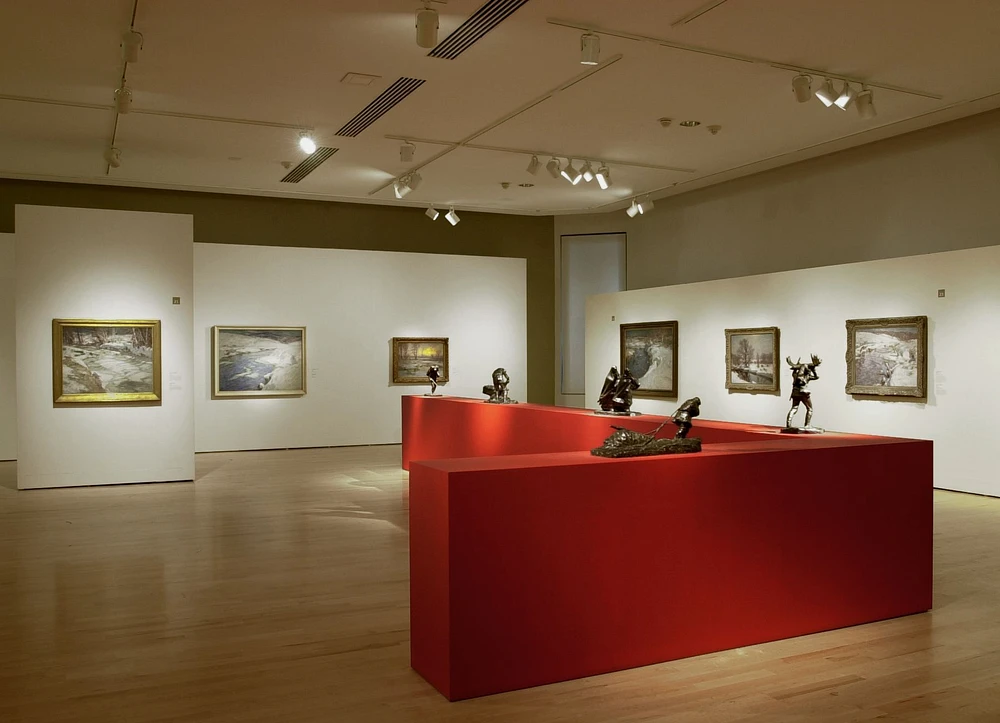
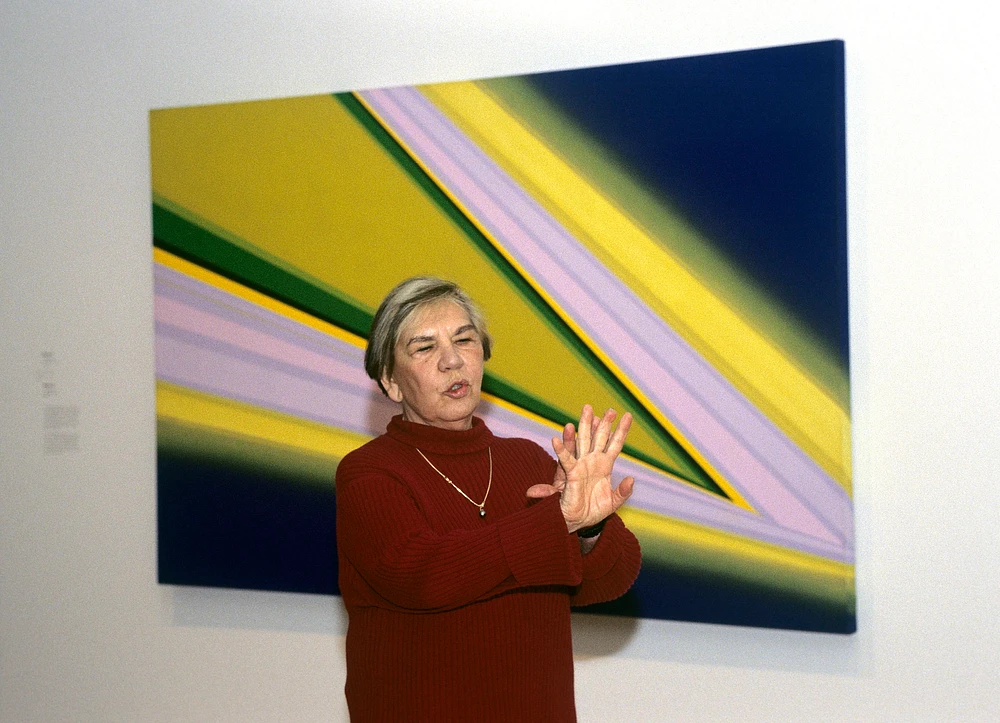
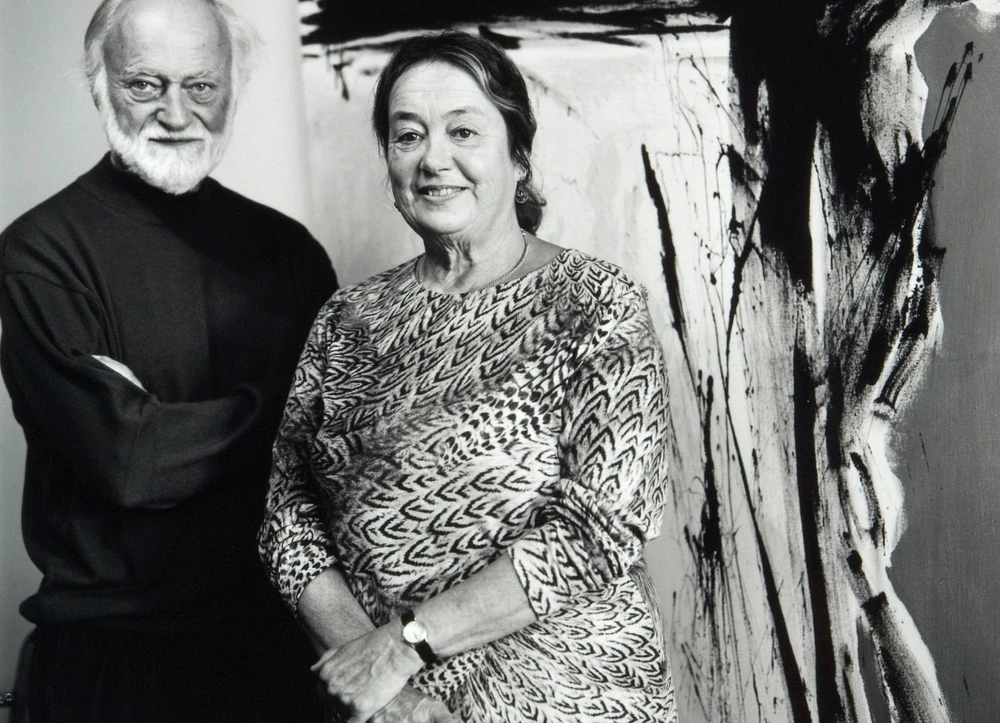
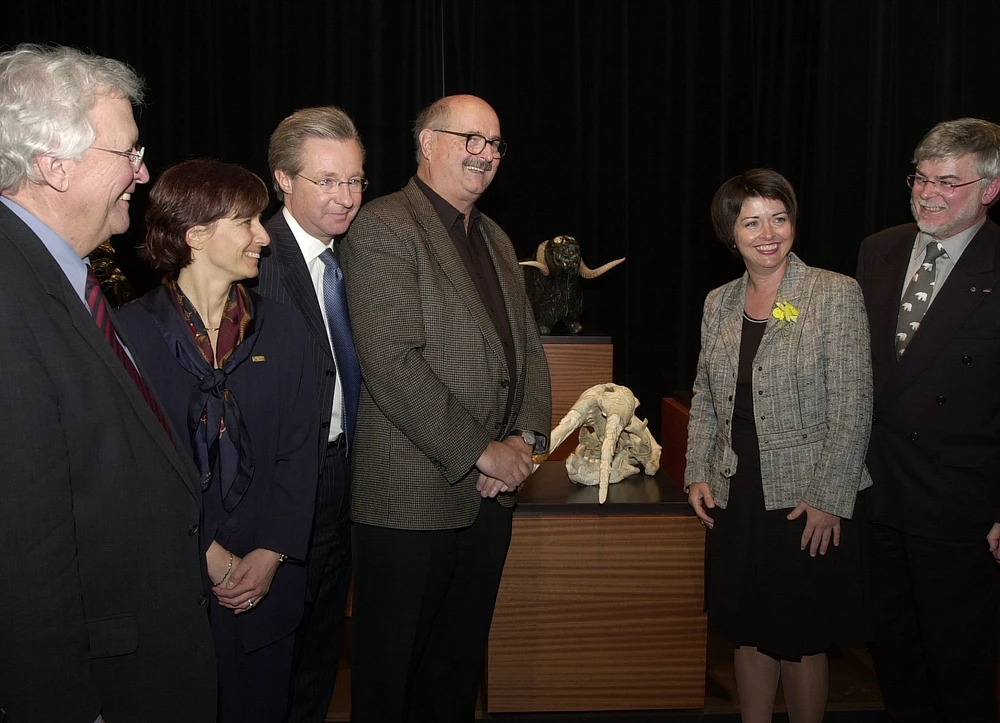
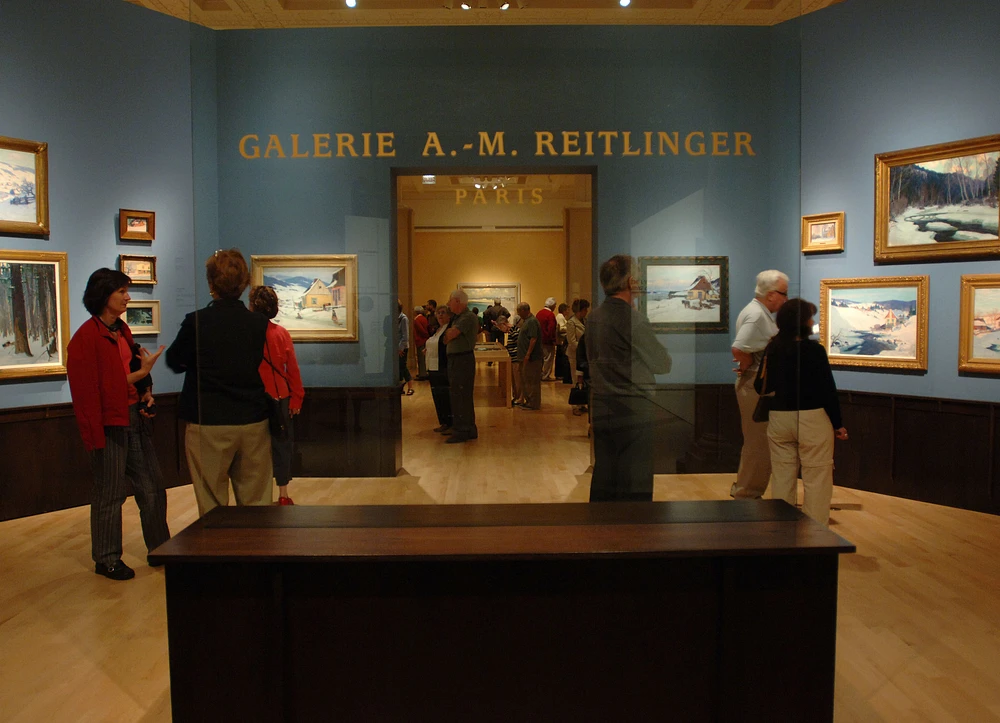
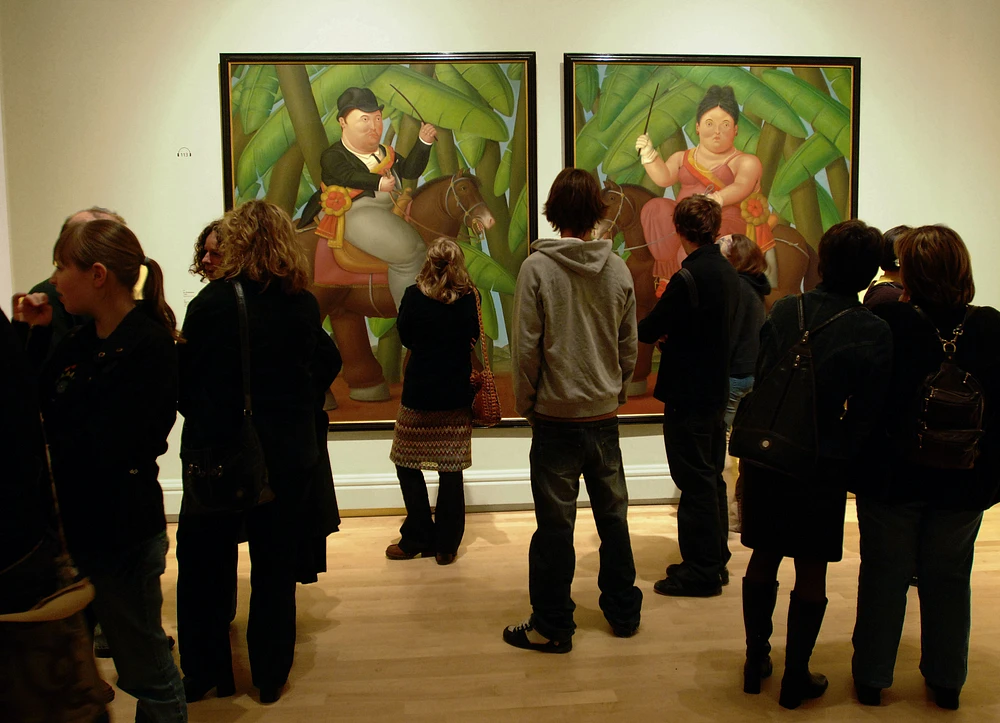
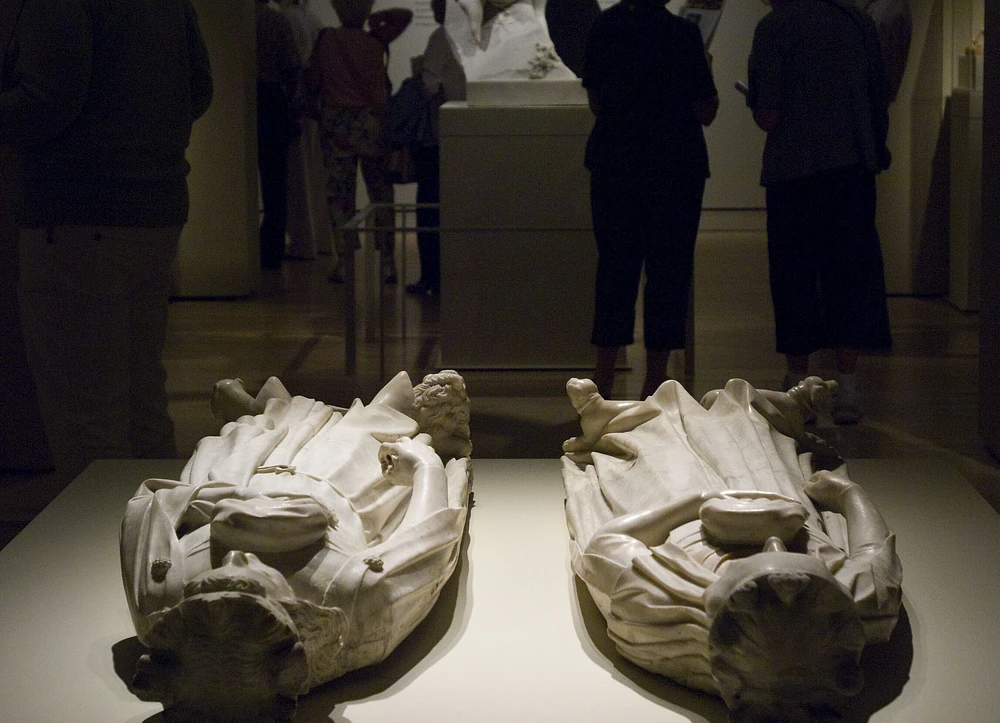
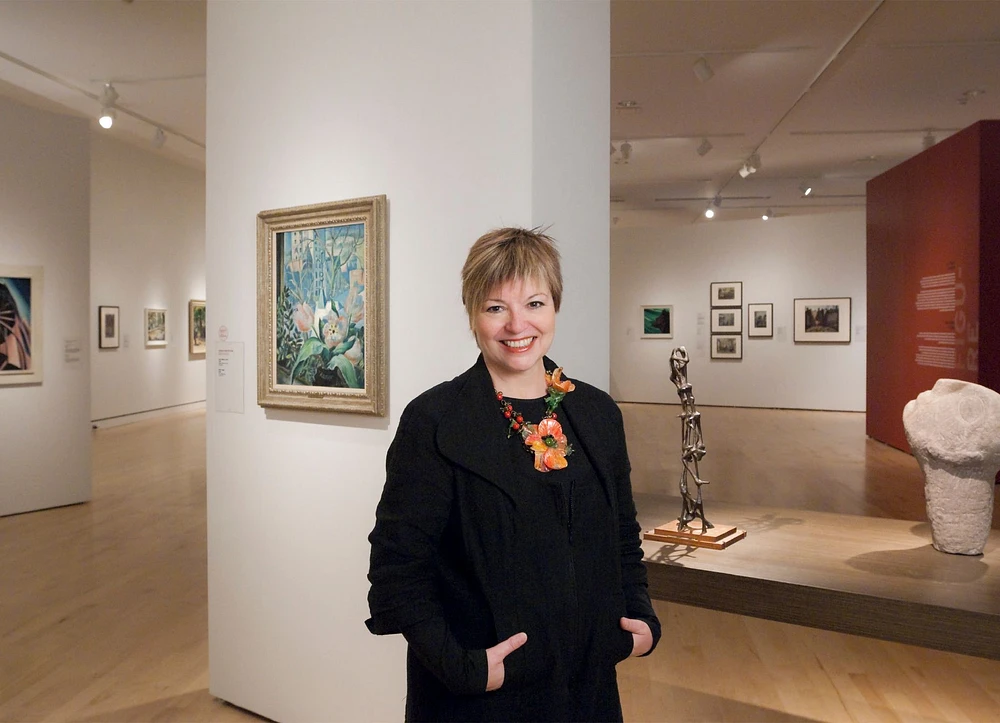
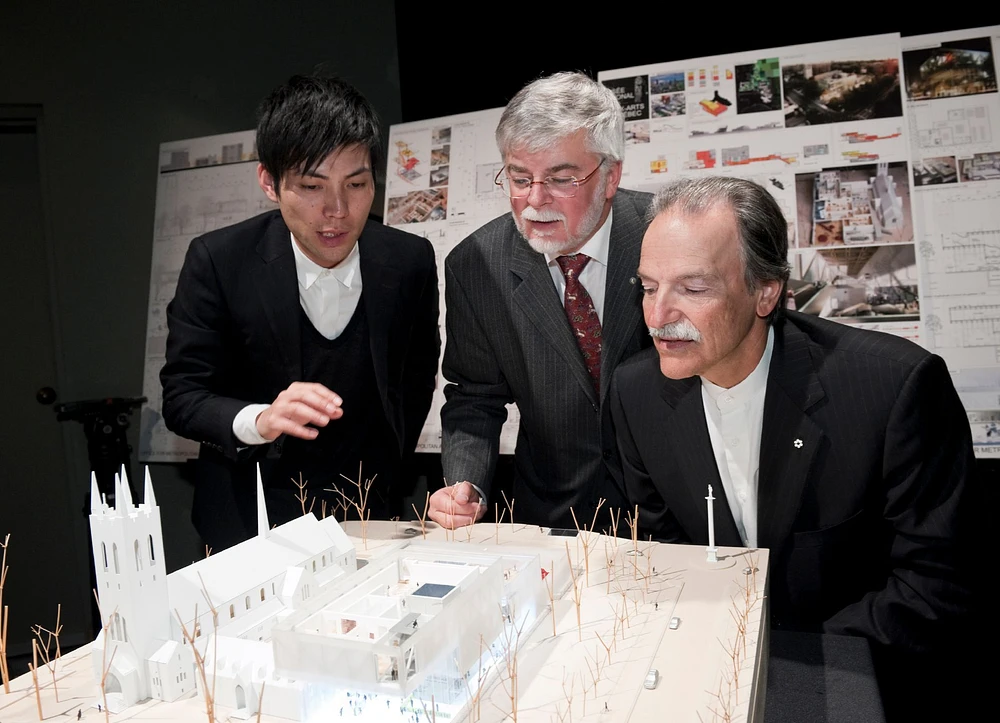
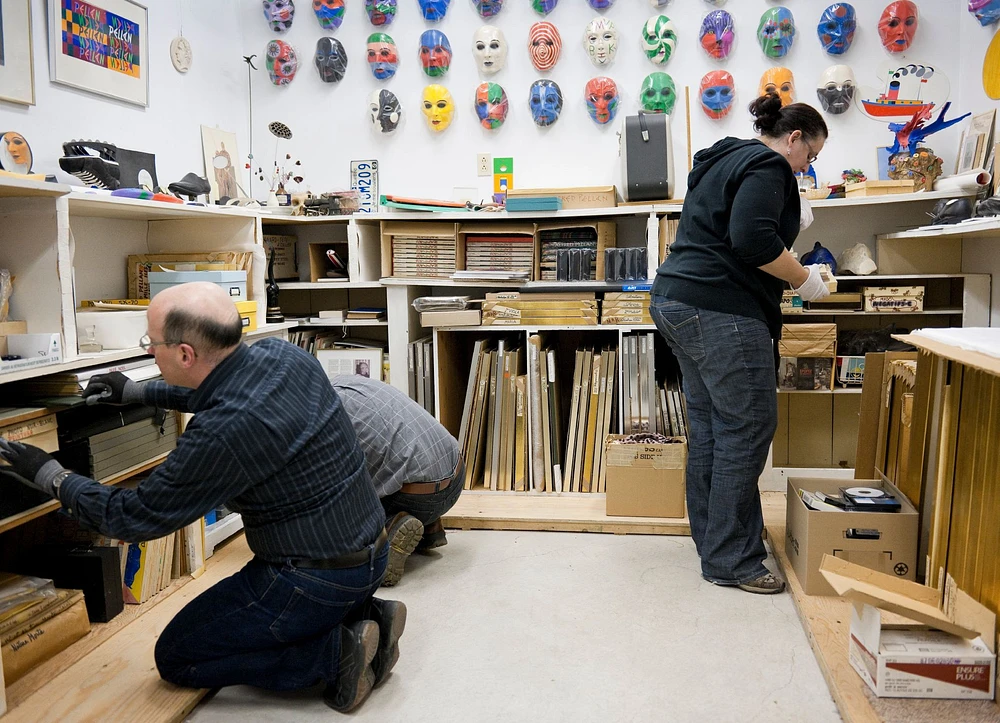
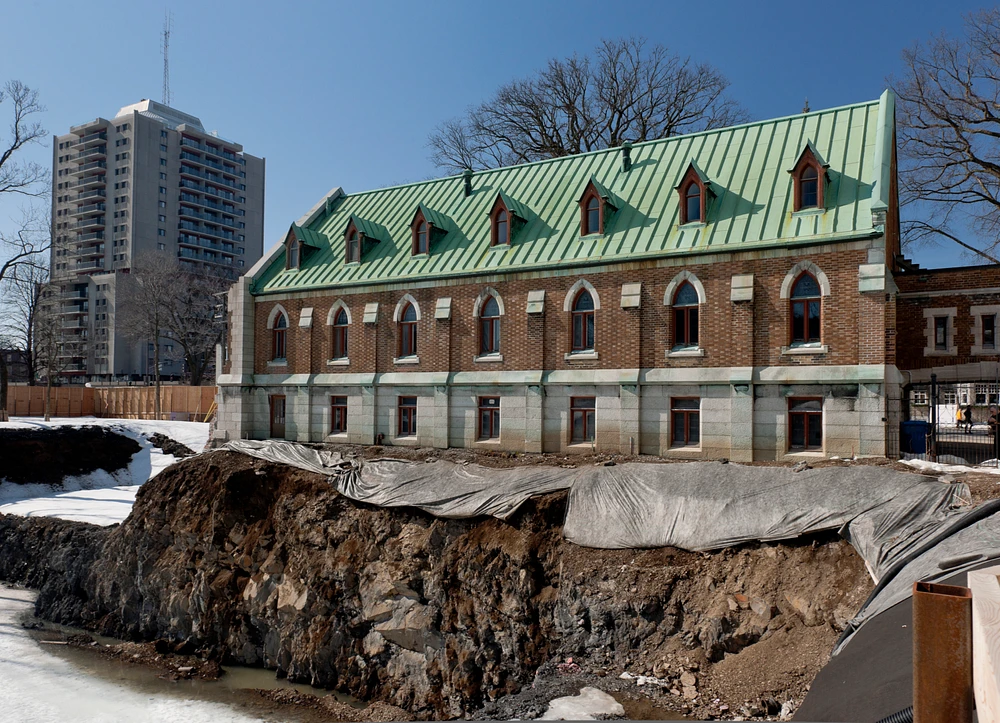
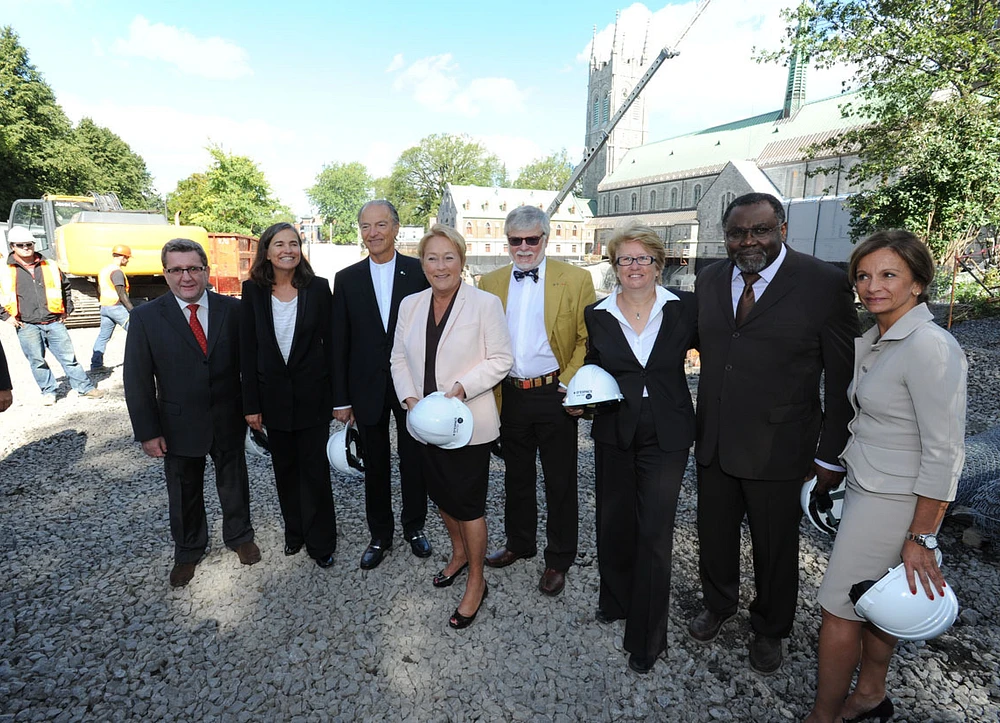
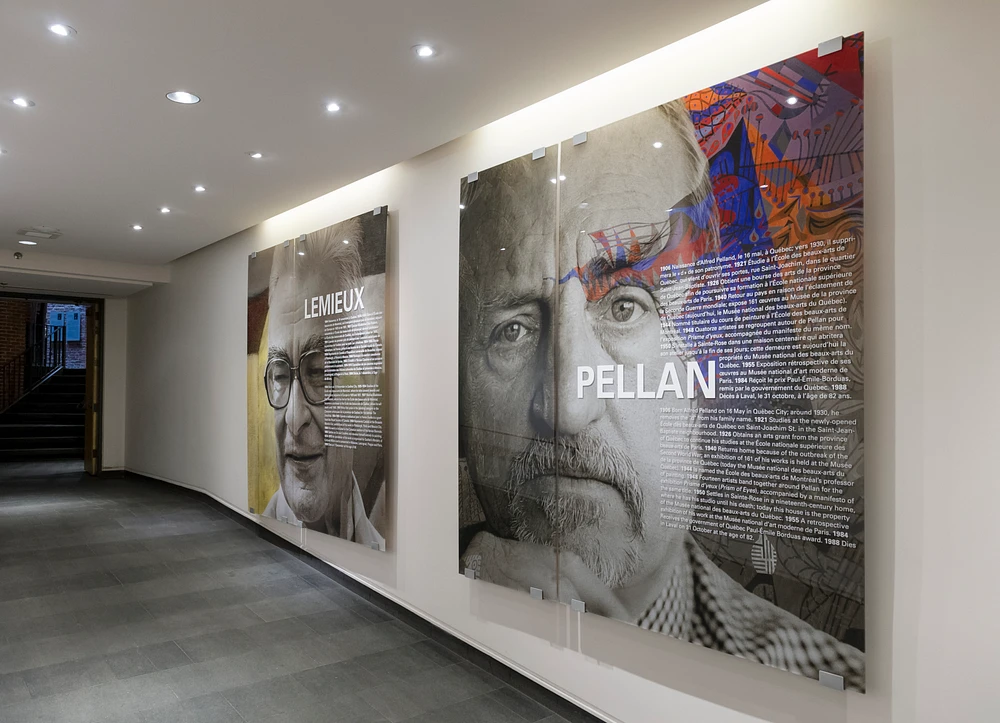


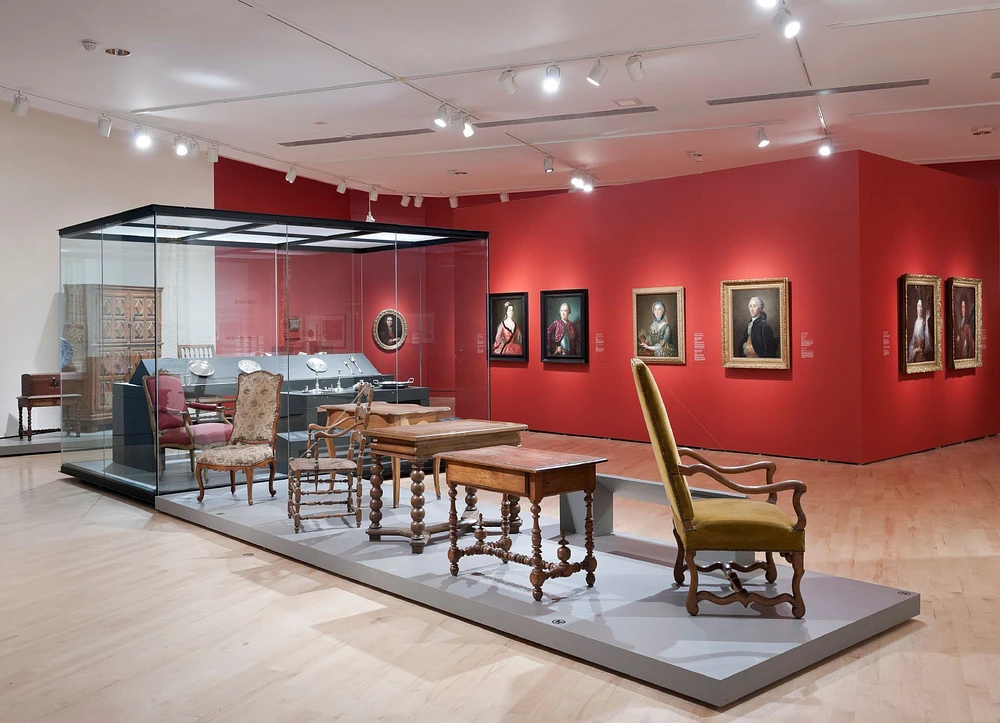
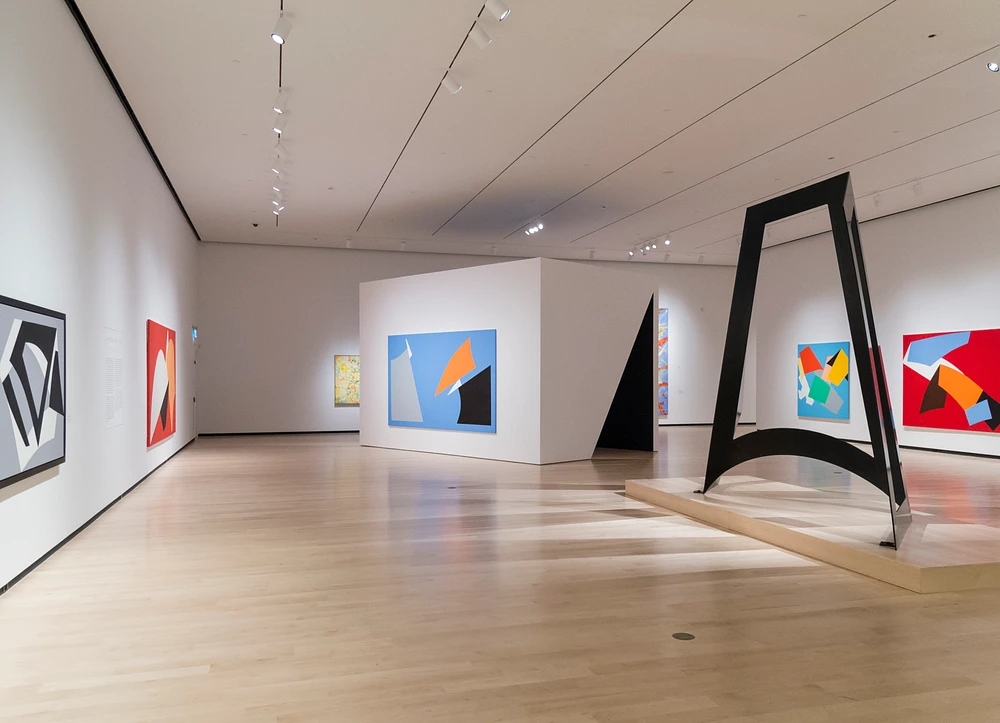
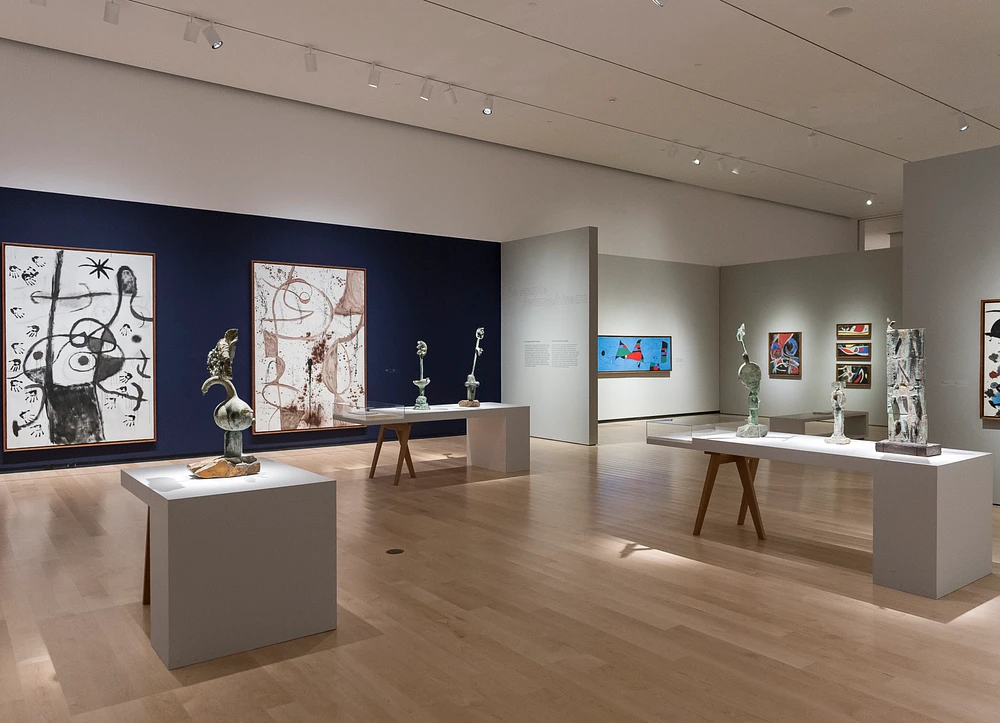
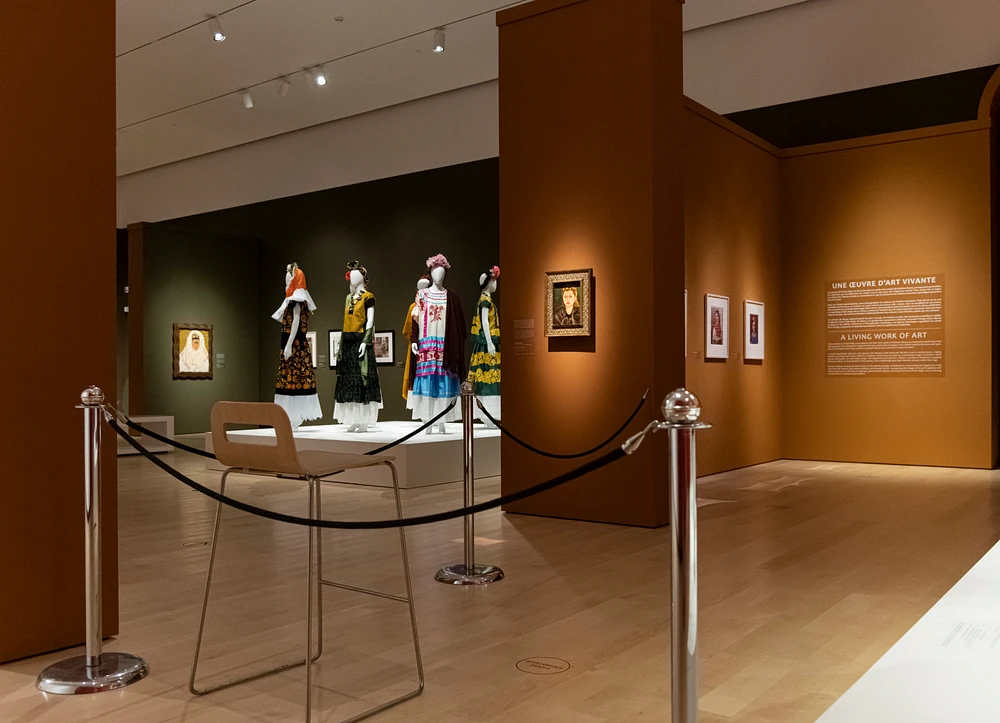

Niki de Saint Phalle, Ange luminaire, 1995 © Niki Charitable Art Foundation. Tous droits réservés // Photo: Erica Holm // Tous droits réservés


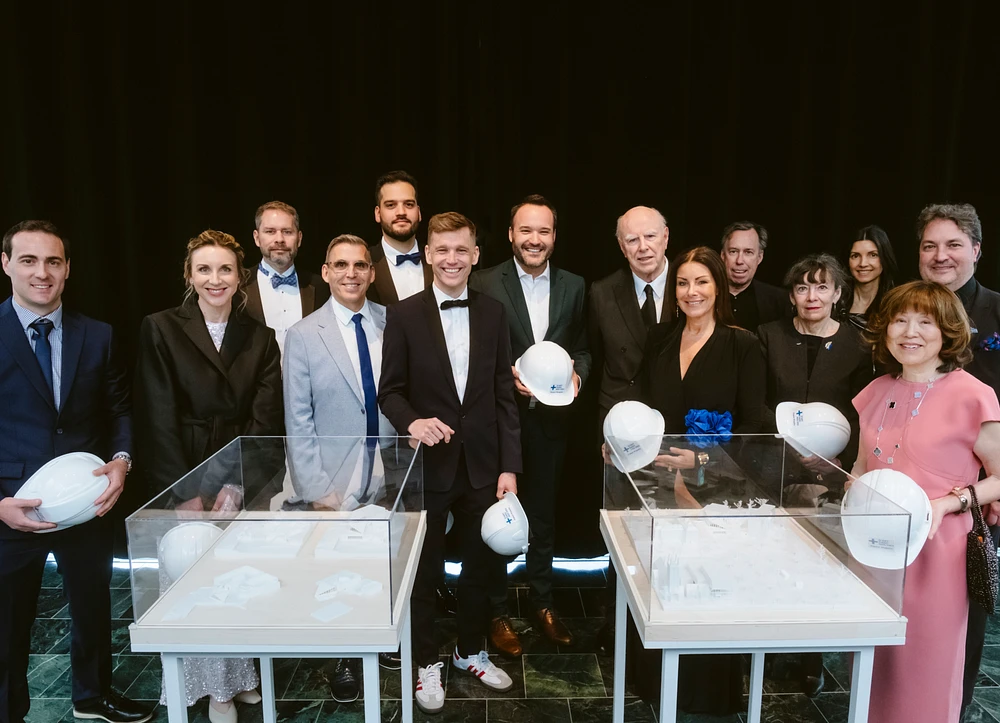
The Musée national des beaux-arts du Québec is opening a new chapter in its history with the creation of the Espace Riopelle, a pavilion dedicated to Jean Paul Riopelle that will be integrated into the Musée complex. To support this transformative project, the Fondation du Musée has launched a major fundraising campaign to which you can contribute.
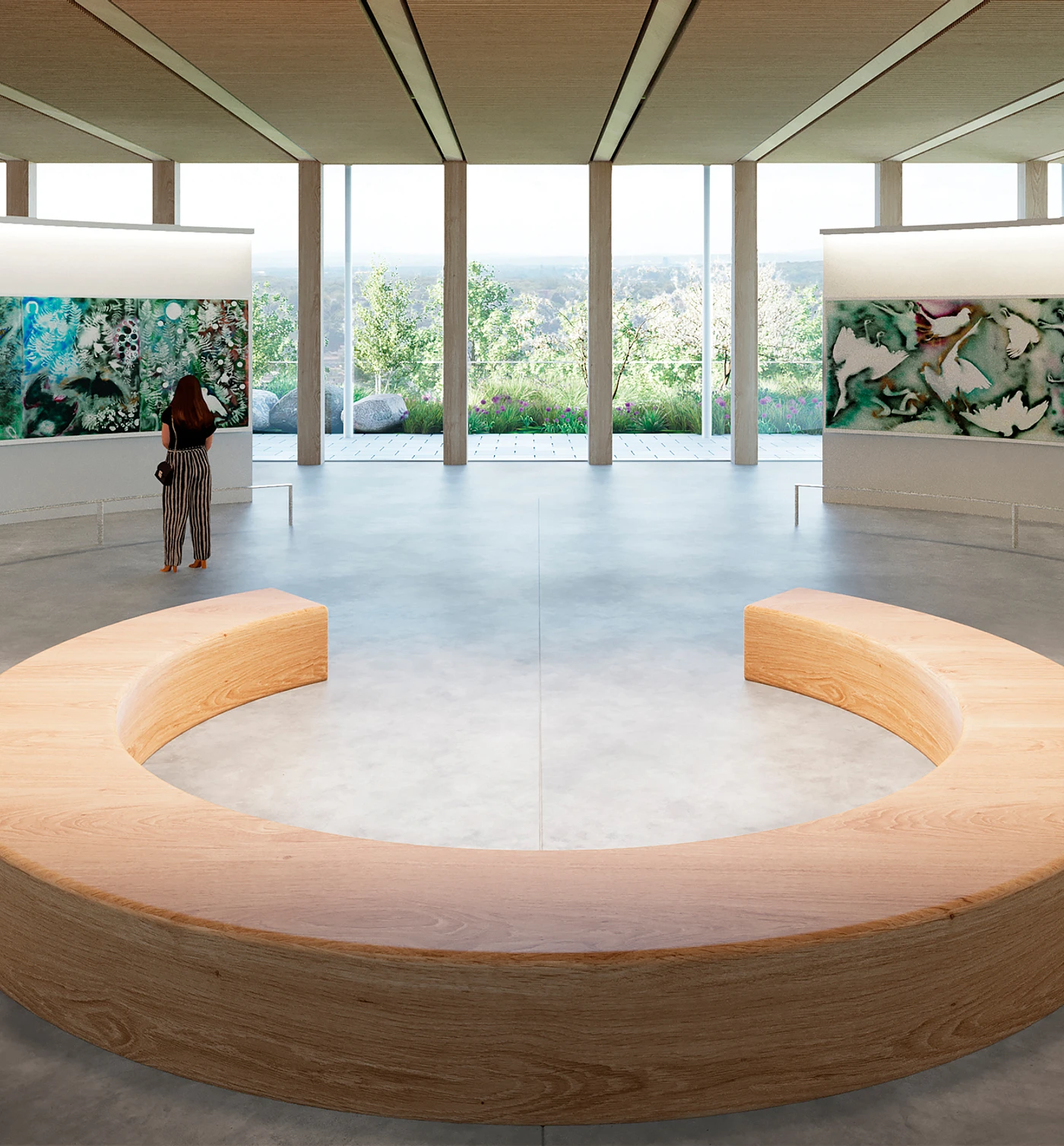
Model of the future Espace Riopelle // Photo : Les architectes fabg
The MNBAQ sits within Battlefields Park, one of the most prestigious in the world. Fittingly, our Musée is known for its wealth of experiences. Art, nature, and architecture are the common threads running through the different adventures we offer.
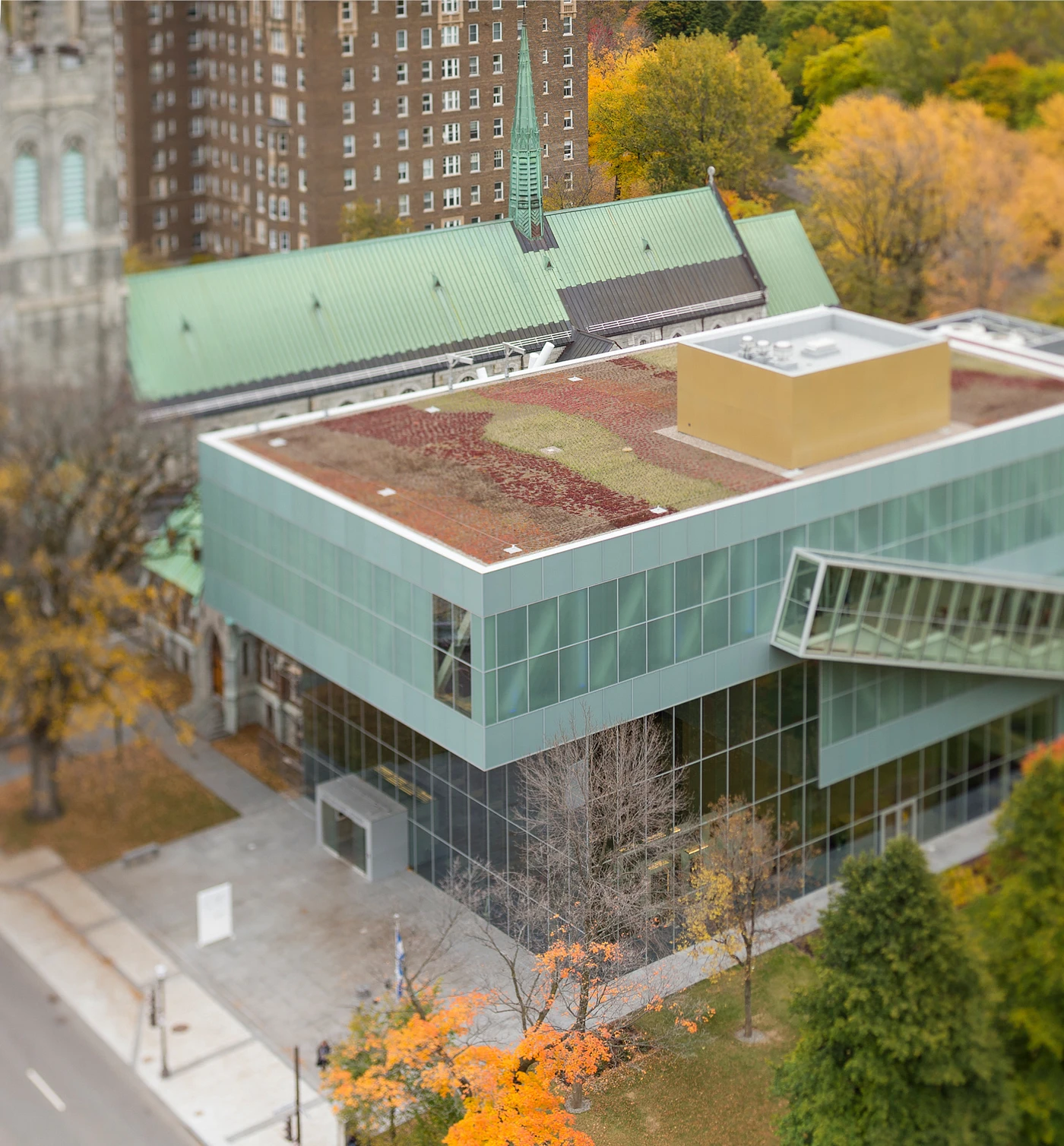
The Pierre Lassonde Pavilion // Photo : MNBAQ, Idra Labrie
The Musée counts on the support of 13 directors.
The team that helps our Musée shine.
Our procedure for receiving and investigating complaints.
Find all our strategic and governance documents here.
See previous reports on the BAnQ website.
A collective plan inspired by, and achievable through, our entire team.
The construction of the Espace Riopelle is transforming our museum complex, and we knew we needed to breathe new life into our identity to reflect this major milestone in our history.

Sign up for our twice-monthly newsletter to be the first to know about our upcoming exhibitions, activities, and promotions.
